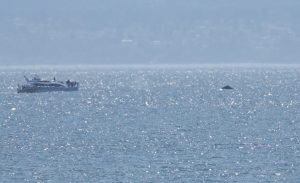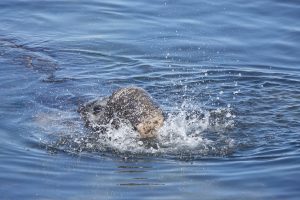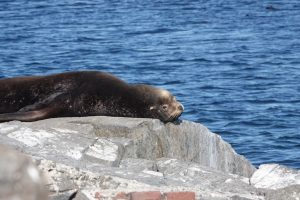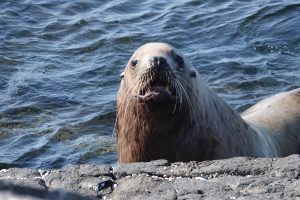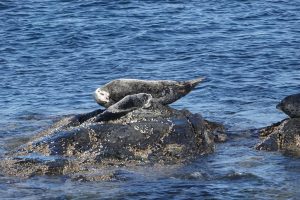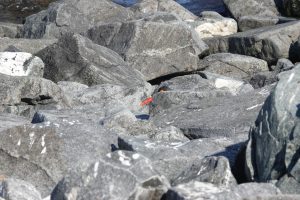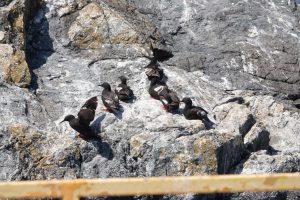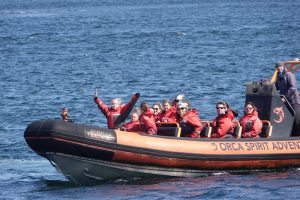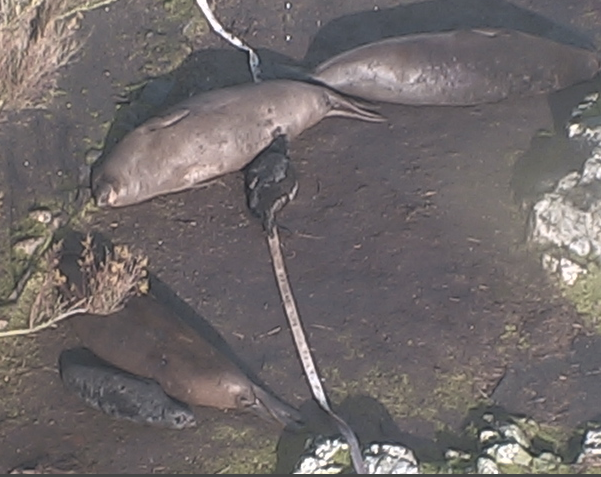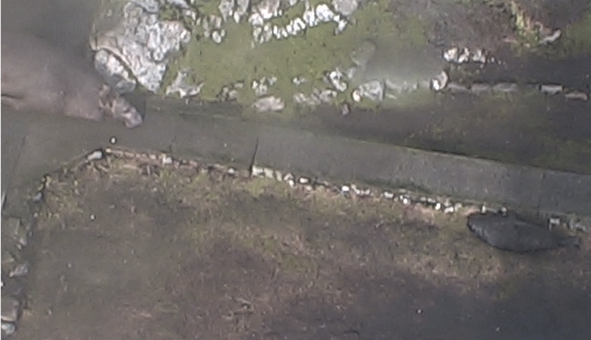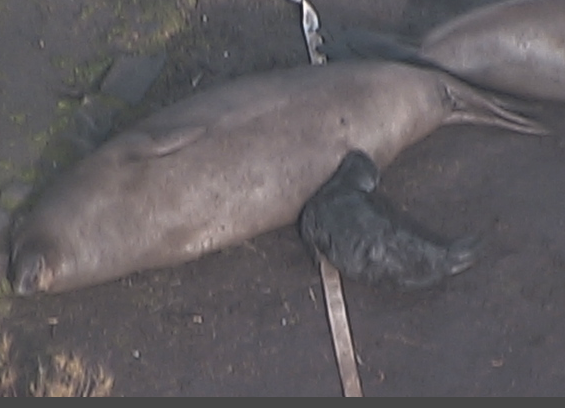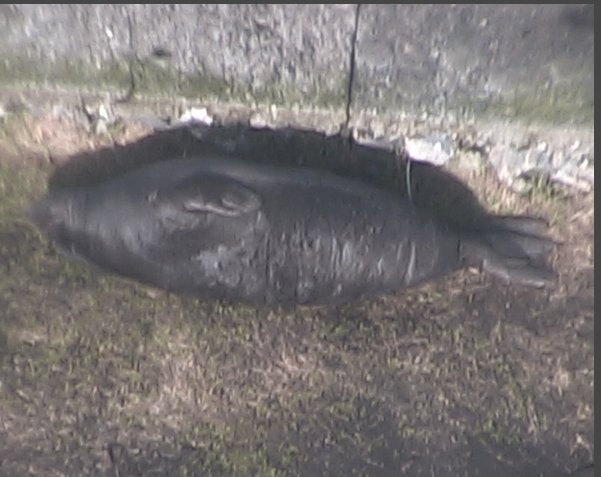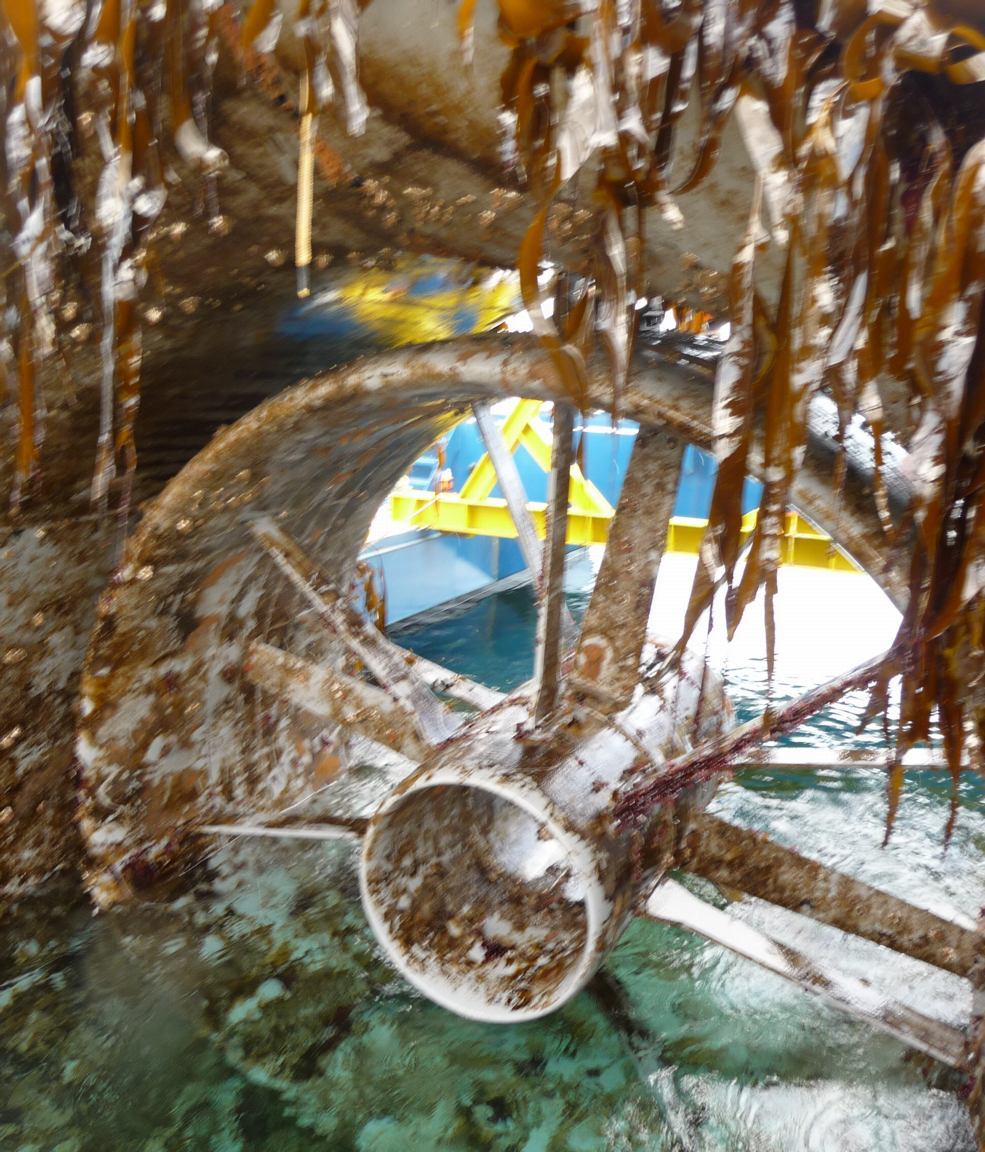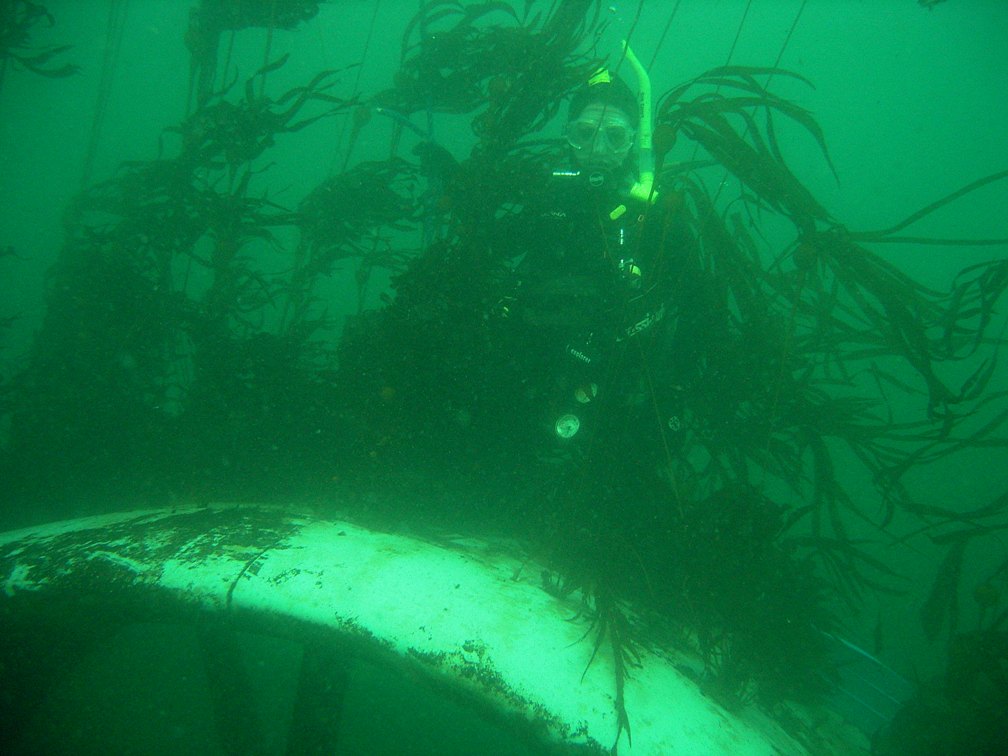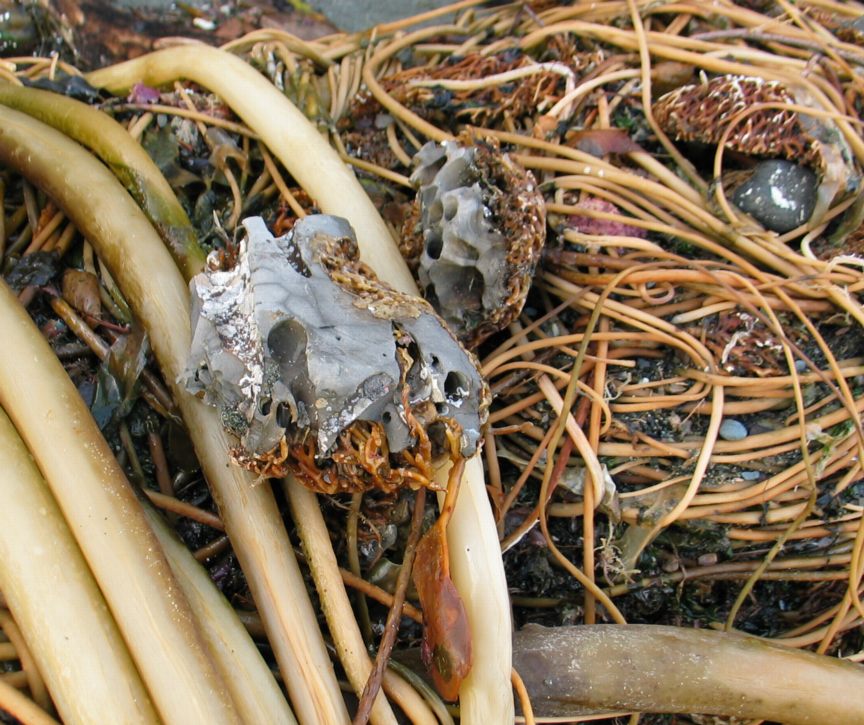Wardens Report by Garry Fletcher.. December 13, 2023
Past Wardens reports may be accessed at https://racerocks.ca/category/er-warden-report/
I got a ride out on the Second Nature vessel of Lester Pearson College. Greg and Cedrick were taking out two technicians to deal with problems with the Solar panels and the diesel engine.
A herd of California Sea lions who have become accustomed to boats landing at the docks greeted us at the docks.
On the North side of the island there were mainly California sealions.
The Northern sealions predominated on the south side of the island Their distinctive growl and larger size sets them apart from the California Sea lions
- California Sea lions on the south side of the island
- Brian Blagdon from Viridian Power installing new parts on the stand
- Jordan Cole from Viriidian Energy Co-op upgrading equipment for the solar energy generation system
For the several hours that the technicians were busy in the engine room I could check out the whole island. Additional solar panels have been added to the array shown in the video below taken from the roof of the energy building/engine room. In the winter the diesel engine has to run for a few hours to help charge the batteries.
From the helicopter pad I observed a very nervous mixed herd of California and Northern sealions that were occupying the area on the West side of the island, preventing me from going in that direction to check out the tidepools.
- When walking around with Ecoguardian Derek Steriling, , we saw three elephant seals .
- We anticipate more of them to arrive in the next few weeks and look forwrd to the new pups that will be born in January
Race Rocks must be one of the few outdoor locations in British Columbia where flowers bloom year round because of the surrounding waters never dropping below 8 degrees C which moderates the temperature.
- Marigolds, planted years ago by the lightkeepers, thrive along the pathways .
- Where the sealions have hauled out , the vegetation is completley destroyed . In this area there were some Romanzoffia growing in past years but it is doubtful if they will be around now
- The Pearson College hired Ecoguardians have a continual job to do checking the temporary electric fence that cordons off the haulout areas from the vegetated part of the island
- The Canada geese however with their constant grazing , keep the grass suppressed
- In this area, although the sealions are fenced out, excessive grazing by geese damages the turf making the Indigenous burial cairns more susceptible to erosion and collapse.

There were many Black turnstones around the island. They are found here year round although they are not known to nest here.
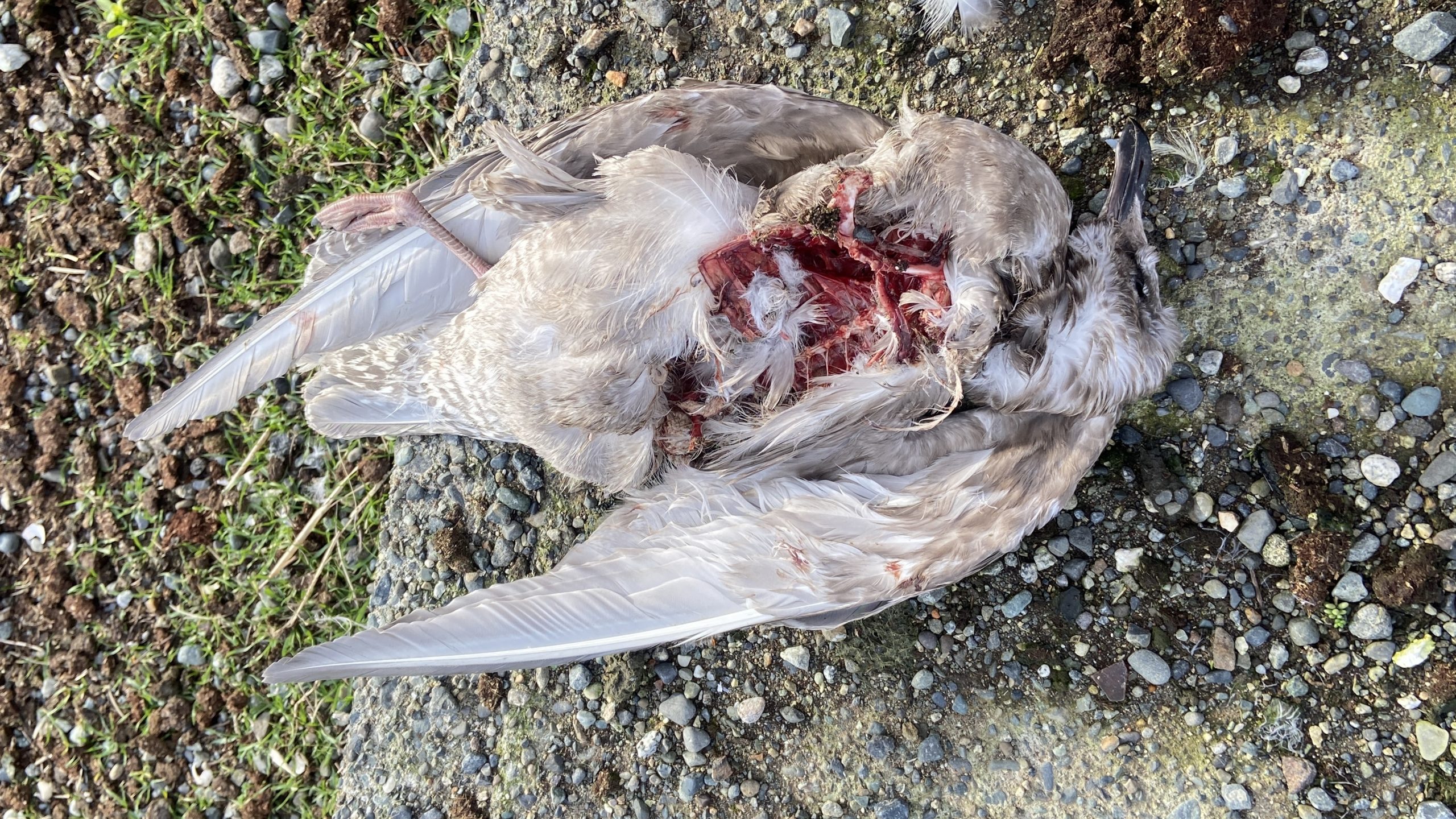 There has been a high number of gull mortalities this past year. This one is missing the breasts indicating it was a meal for the Bald Eagles. They now patrol the area regularly and this has probably contributed to the low number of overwintering gulls.
There has been a high number of gull mortalities this past year. This one is missing the breasts indicating it was a meal for the Bald Eagles. They now patrol the area regularly and this has probably contributed to the low number of overwintering gulls.
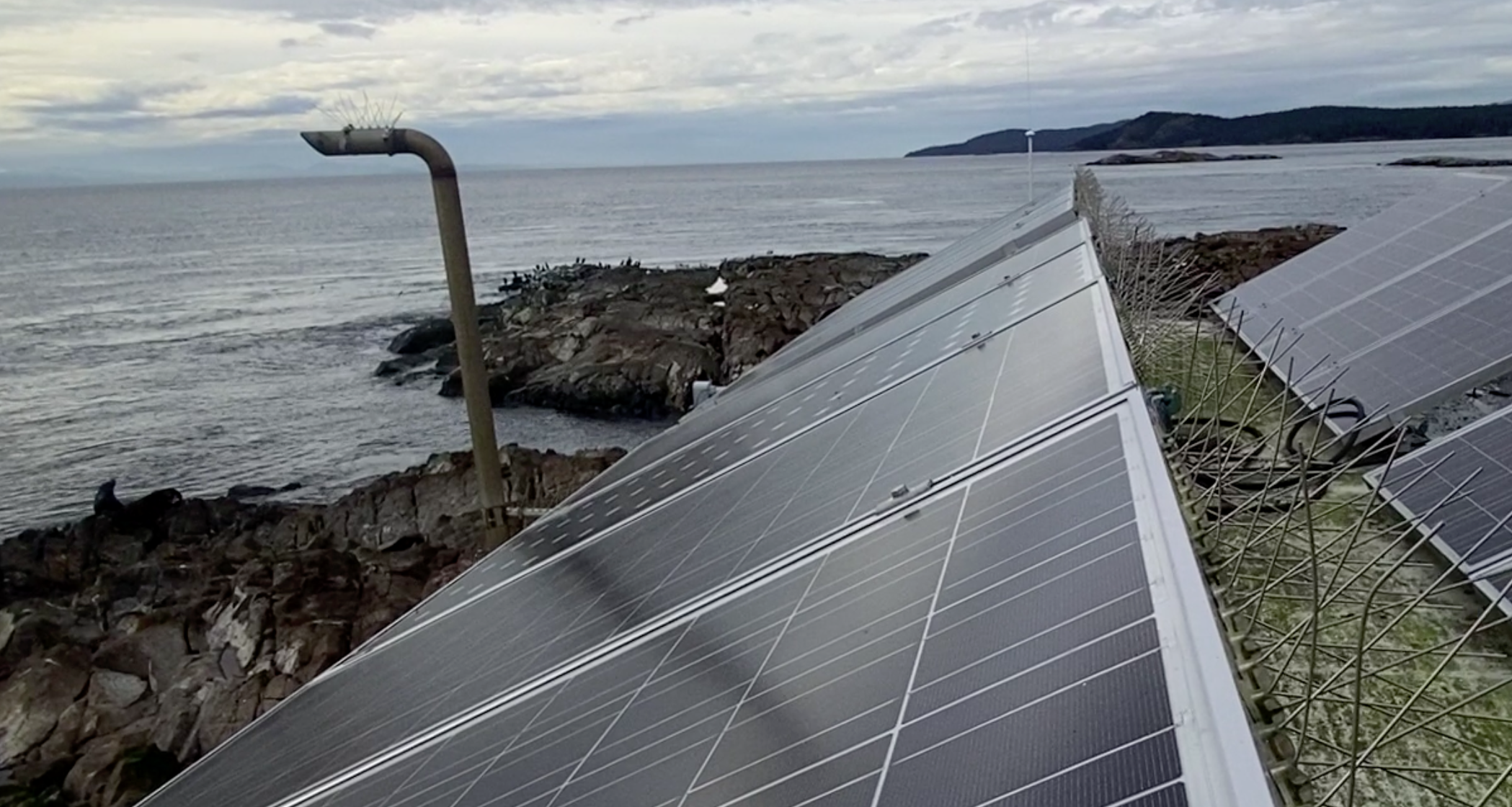 The absence in overwintering seagulls at this time of of year was very obvious. Ined some years they have number in the thousands. The south-west corner which usually is heavily populated only had a dozen of probably brants cormorants, and a small flock of less than 100 gulls was on the north-east corner of the island
The absence in overwintering seagulls at this time of of year was very obvious. Ined some years they have number in the thousands. The south-west corner which usually is heavily populated only had a dozen of probably brants cormorants, and a small flock of less than 100 gulls was on the north-east corner of the island
While I was there , Greg and Cedrick from Pearson College helped in cleaning gutters, definitely a two-man job for safety reasons, and hauling up some of the logs in the harbour by the slipway for cutting up for firewood.
- logs to haul up for firewood
- cleaning the gutters on the science house
SOME WORK YET TO BE DONE:
Managing a former light station and an Ecological Reserve can be a large job. Pearson College does an admirable job in fundraising to keep the place going. It is after all the only Ecological Reserve in the province which has human dwellings and a full time Ecoguardian paid for by Pearson College. Since 1997 Pearson College has taken on the role of management of these facilities which require constant upkeep in a very demanding physical and biological environment. I will point out several items below that are needing attention.
- For several years now this pile of lumber from the replacement of the balcony has been awaiting removal .
- BC Parks has indicated they would do it but getting action on it has not been successful.
- These are the new storage batteries for the island
- The old stotrage batteries remain in the battery room awaiting recycling.
This is the last of the old storage tanks used by the coastguard. They await removal. It is just a matter of time until the salty environment encouraging the rust could cause further problems.
Below are some suggestions I would like to make about things that are not urgent but to which attention may be paid in the future.
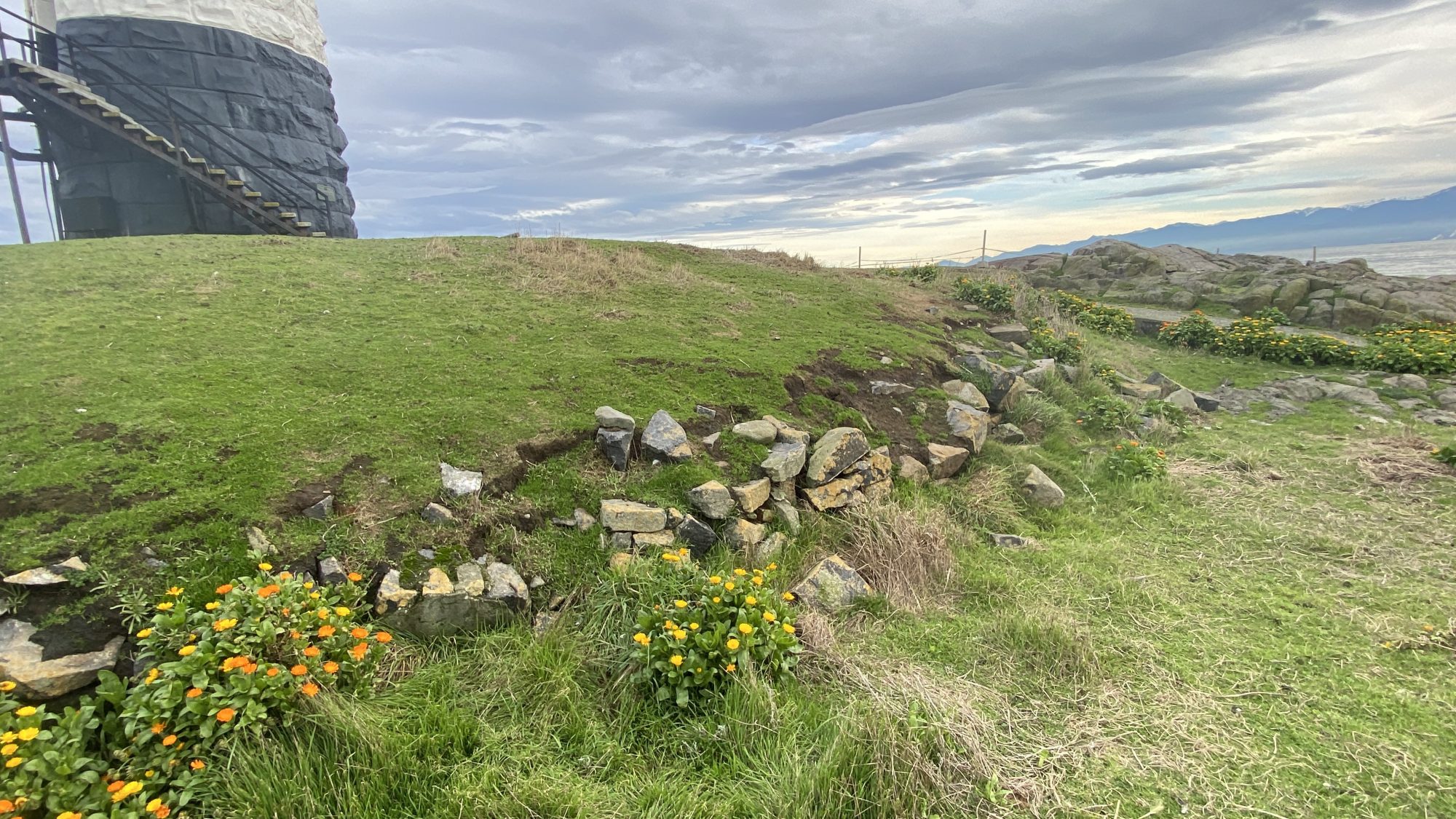 The rock wall which was eroded by the hurricane in 2006 Is still in a partly fallen state, contributing to bare soil and erosion. It wouldn’t take much effort to repair this to improve the stability of the area. ( maybe a student project week item?)
The rock wall which was eroded by the hurricane in 2006 Is still in a partly fallen state, contributing to bare soil and erosion. It wouldn’t take much effort to repair this to improve the stability of the area. ( maybe a student project week item?)
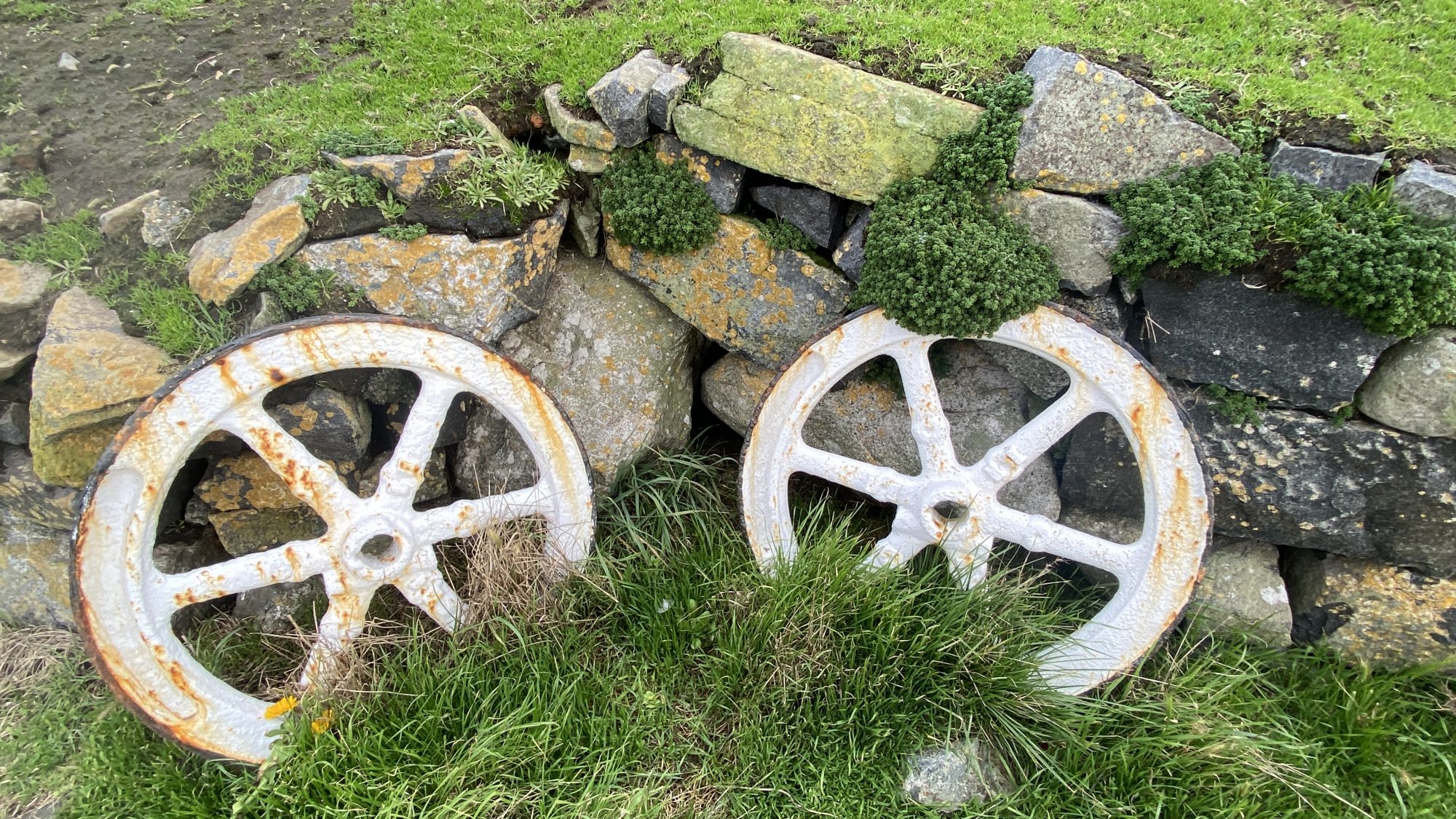 At one time the area under these artifacts was covered with bricks from the original engine room. The bricks are still there but they are now overgrown with grass. Removal of the overburden would improve the appearance of the area.
At one time the area under these artifacts was covered with bricks from the original engine room. The bricks are still there but they are now overgrown with grass. Removal of the overburden would improve the appearance of the area.

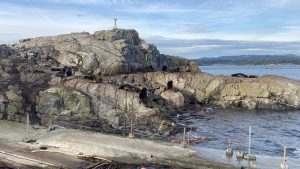

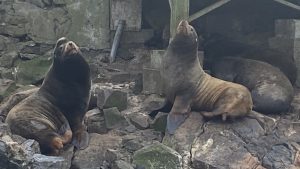
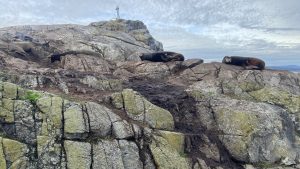
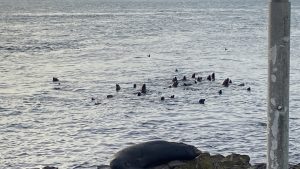
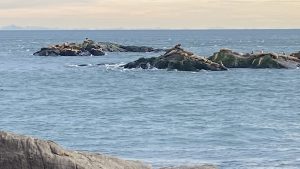
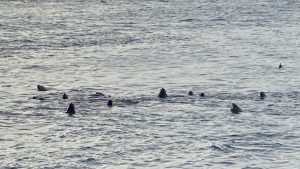
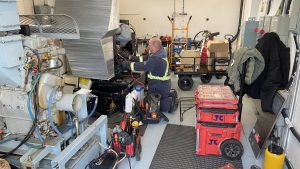
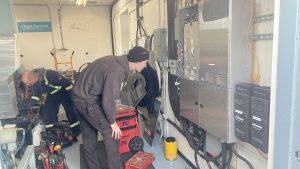
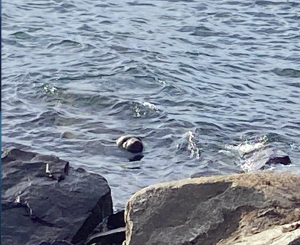
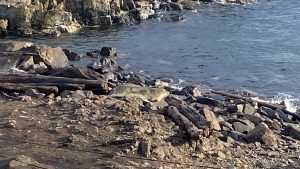
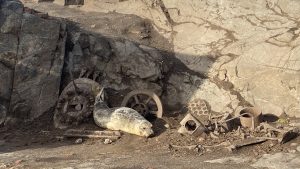
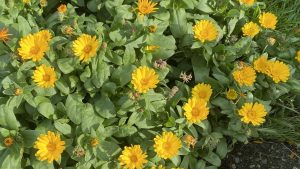
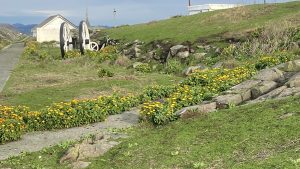
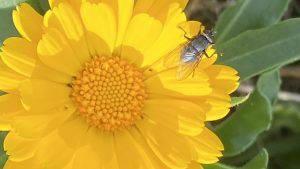
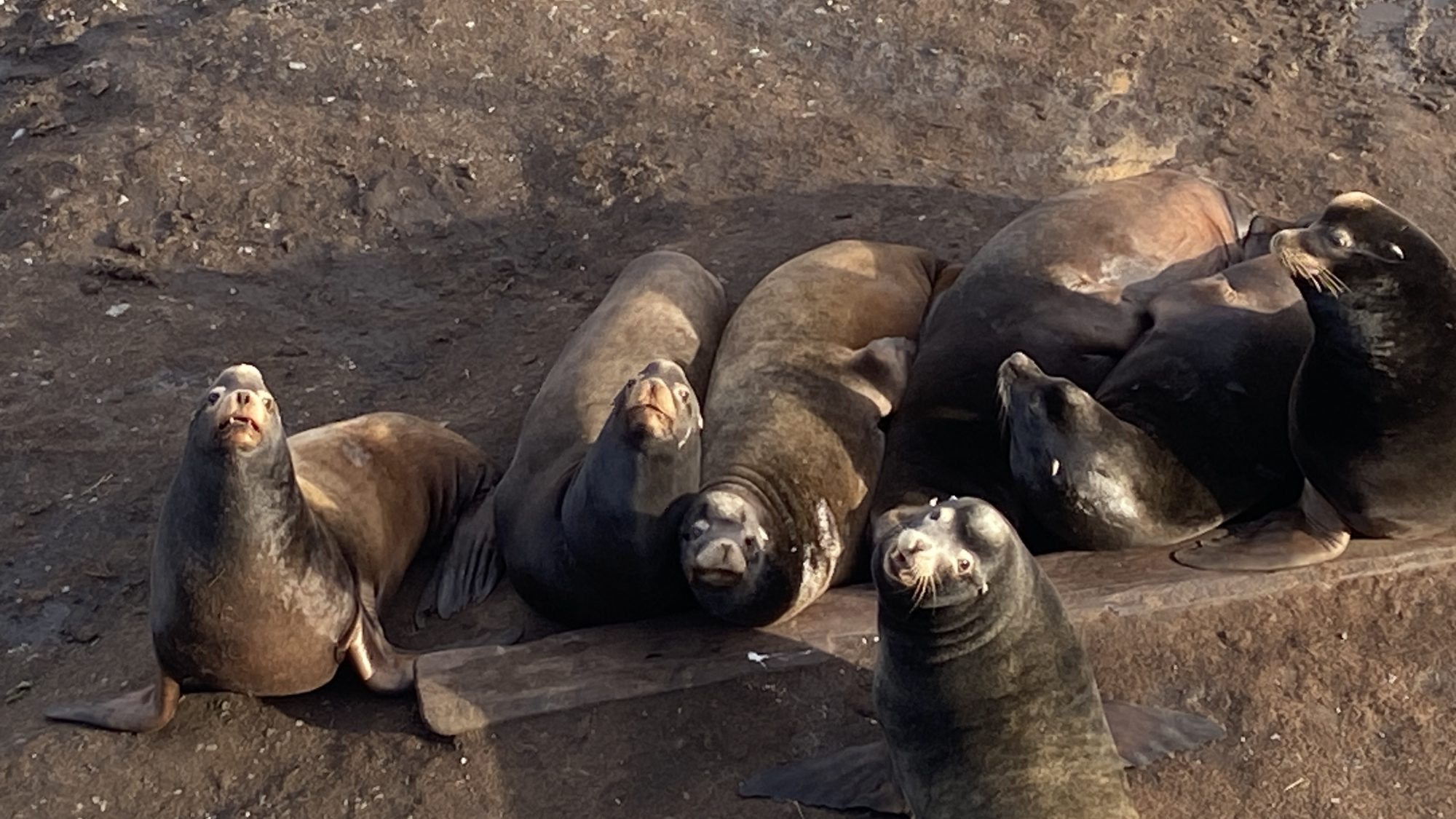
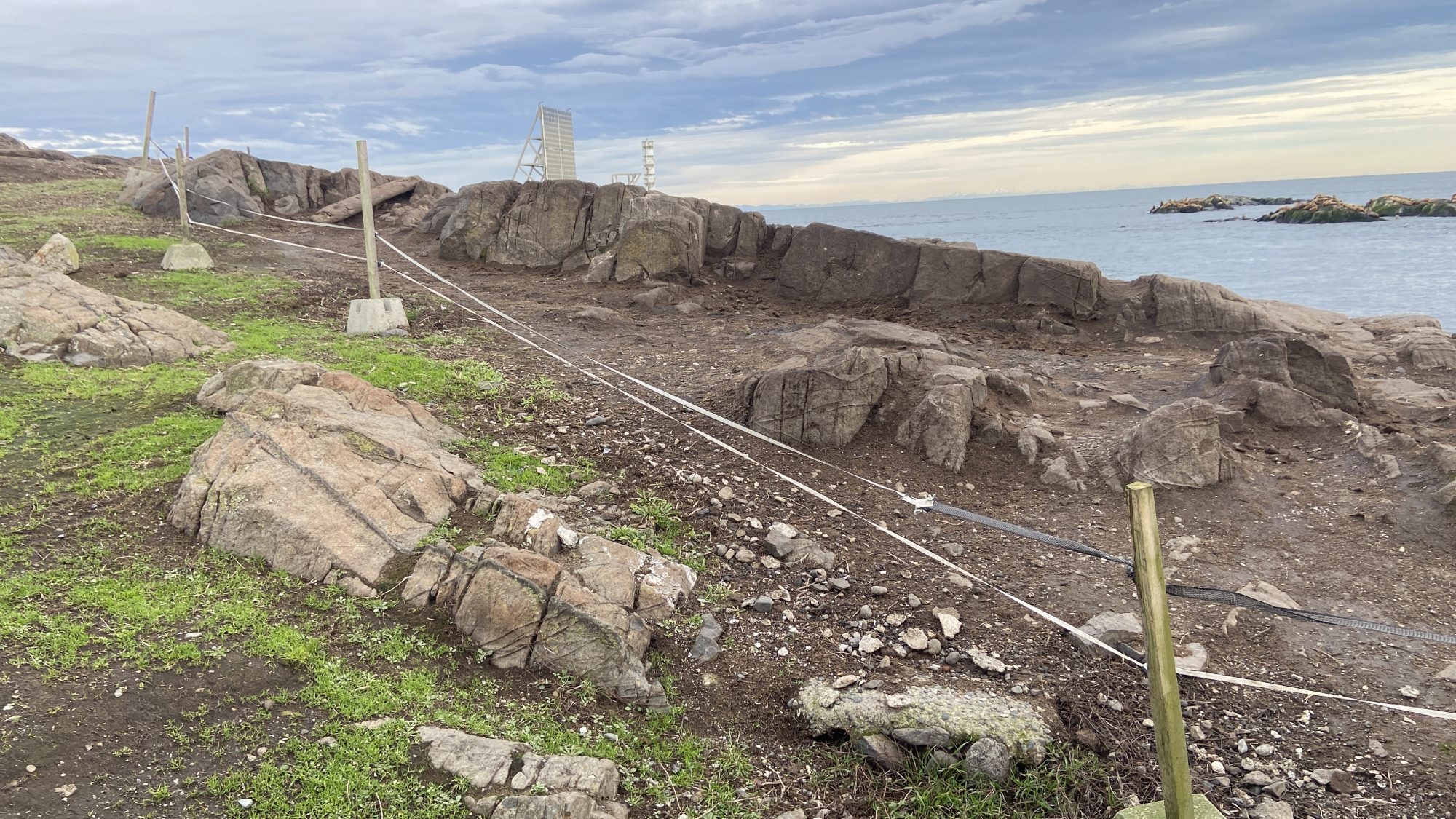
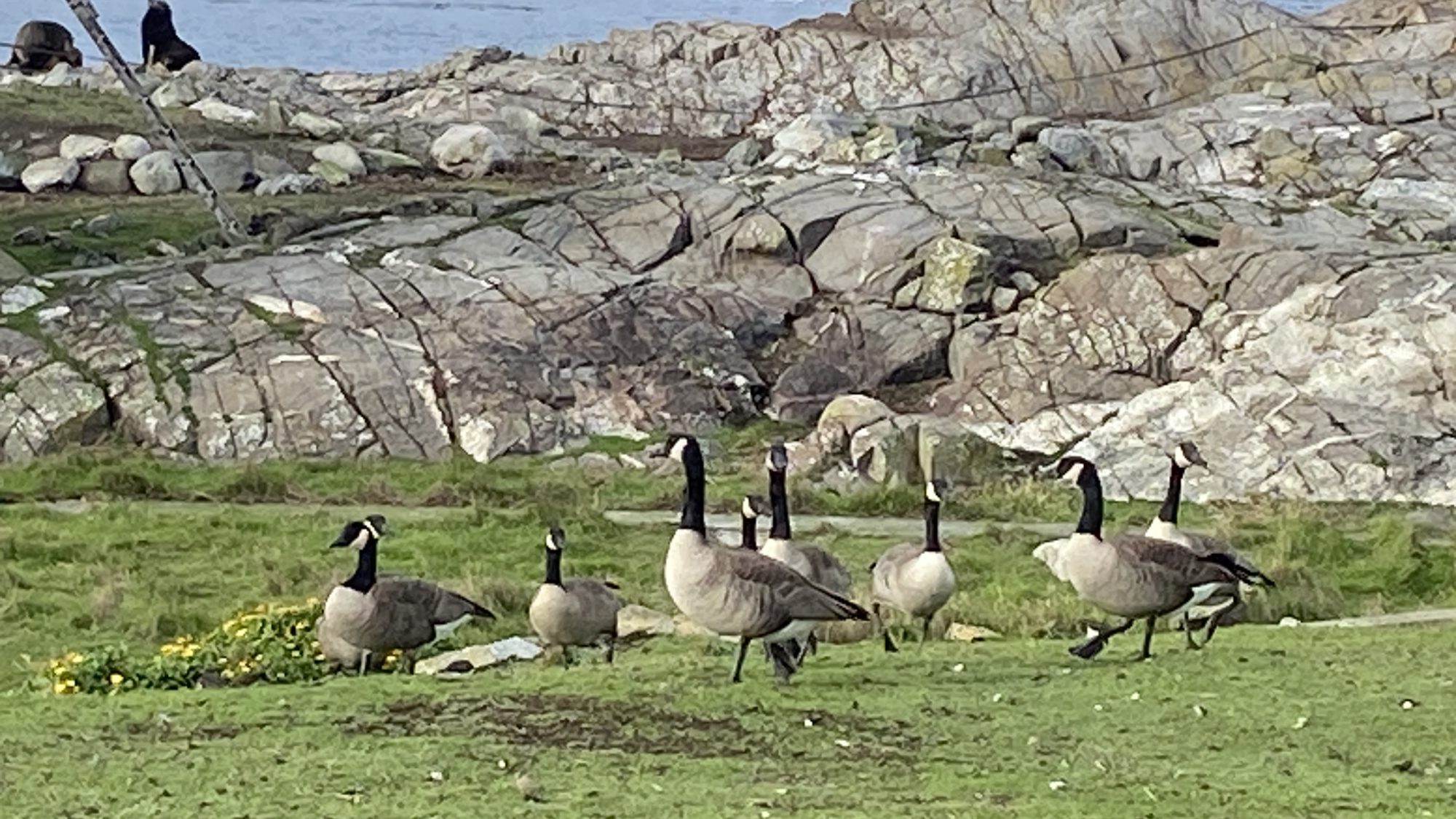
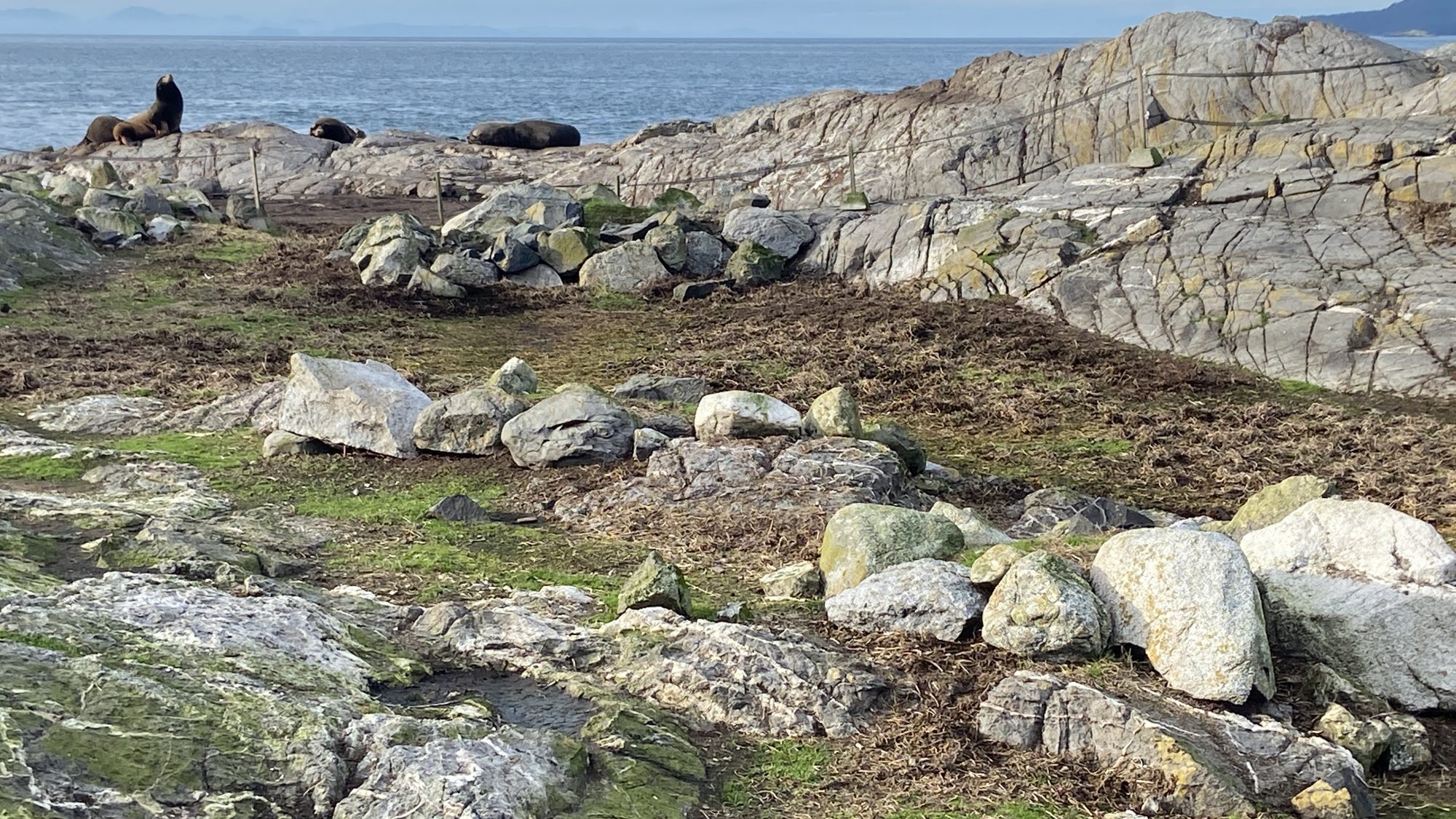
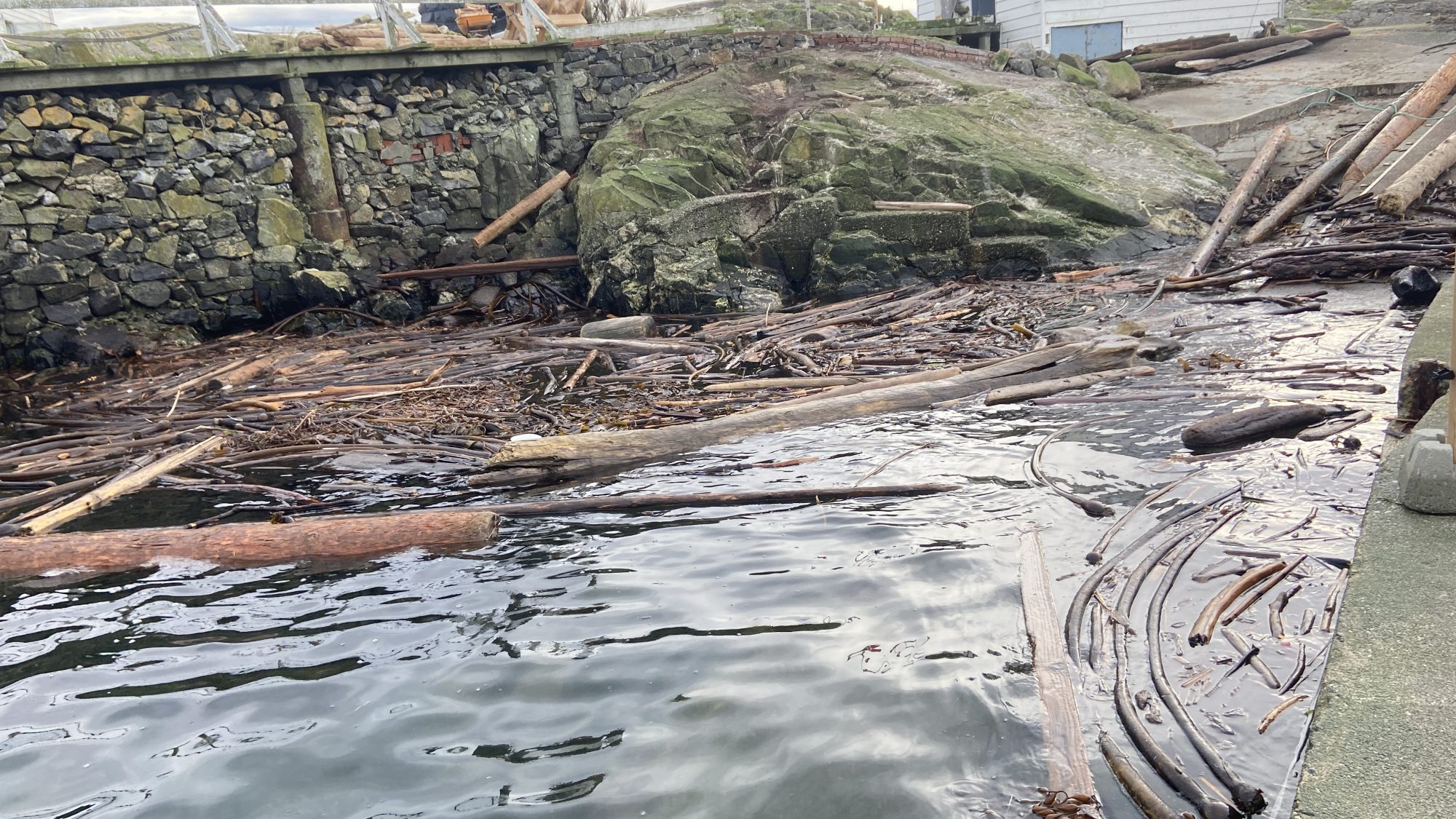
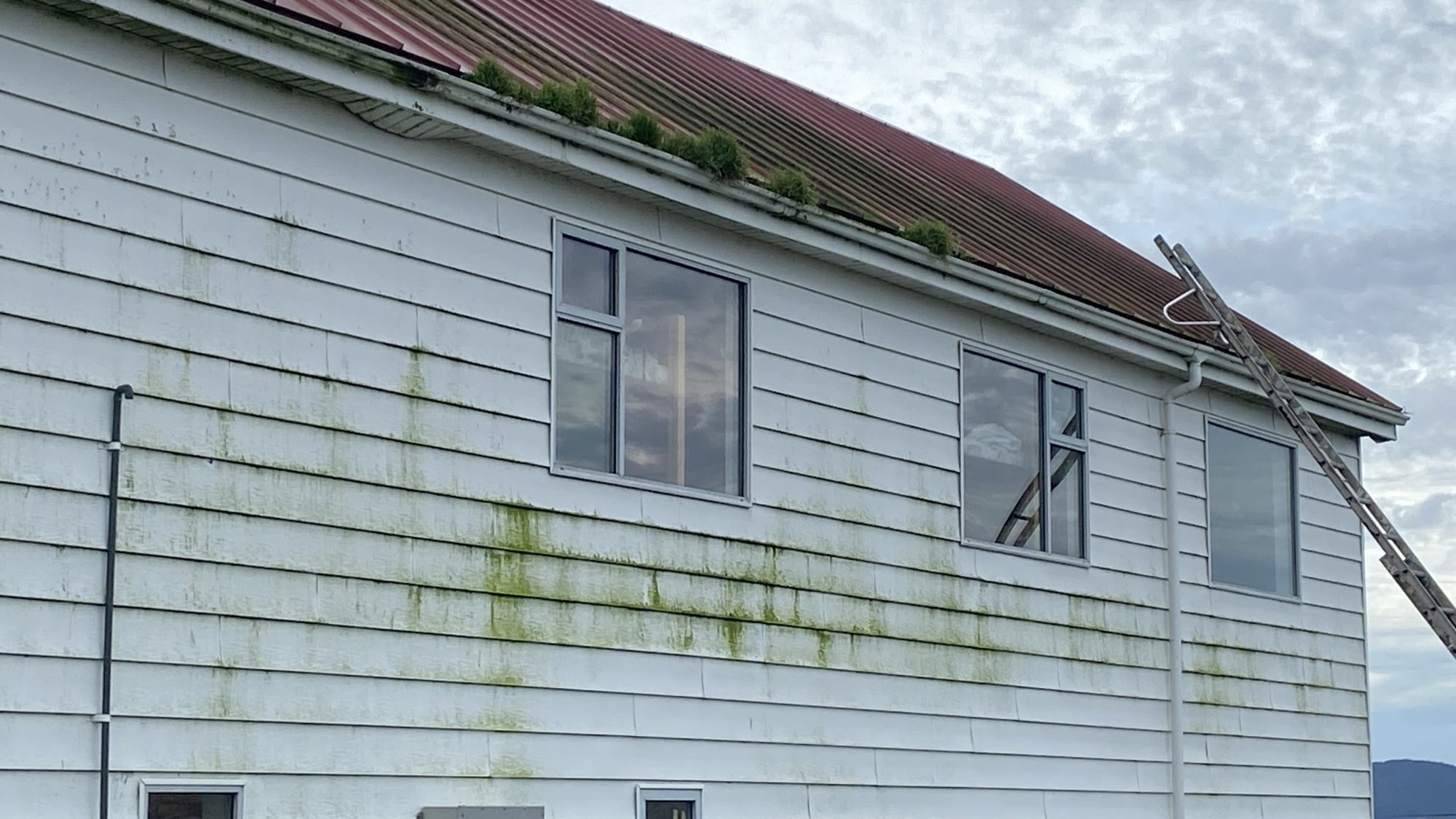
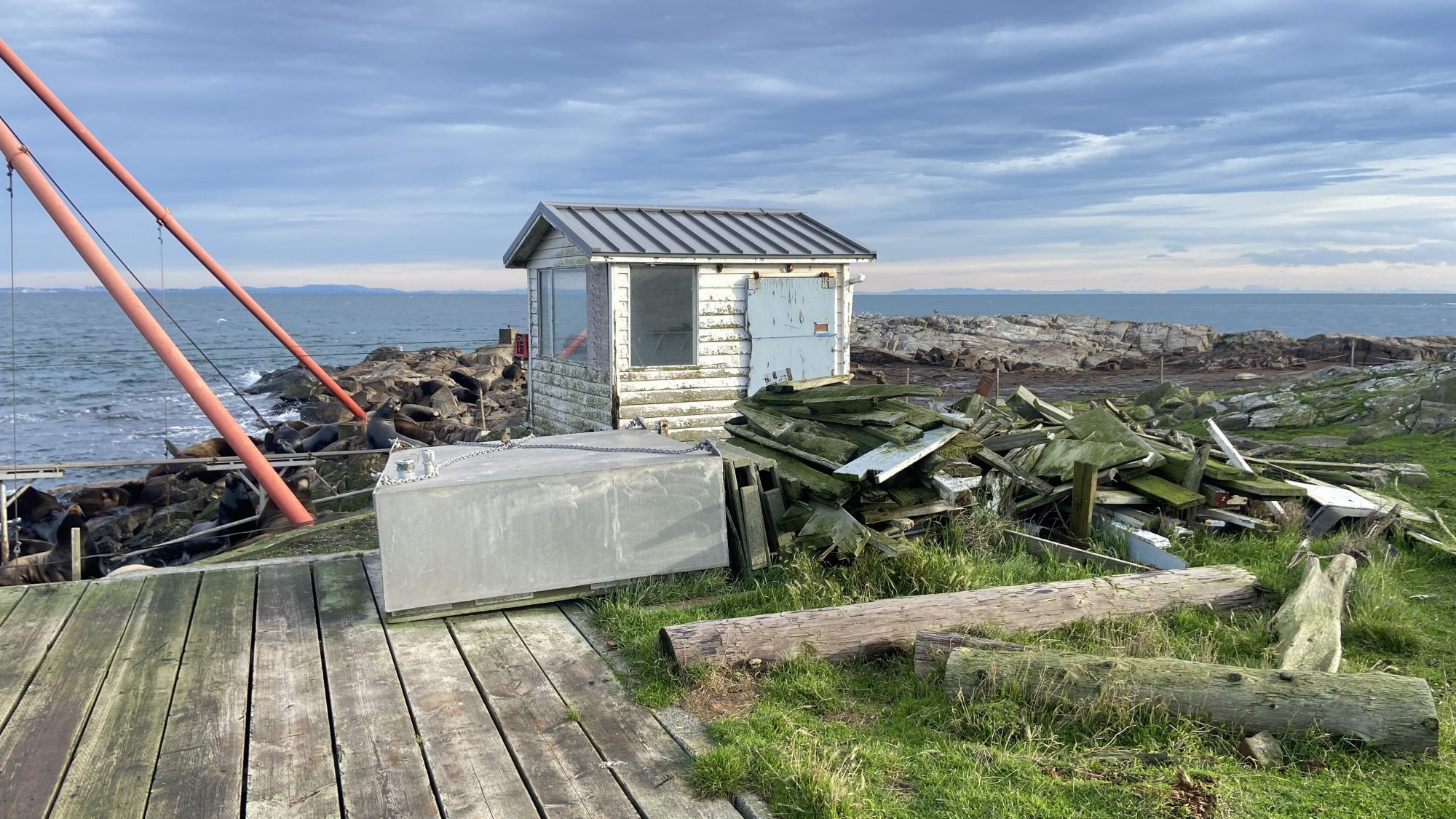
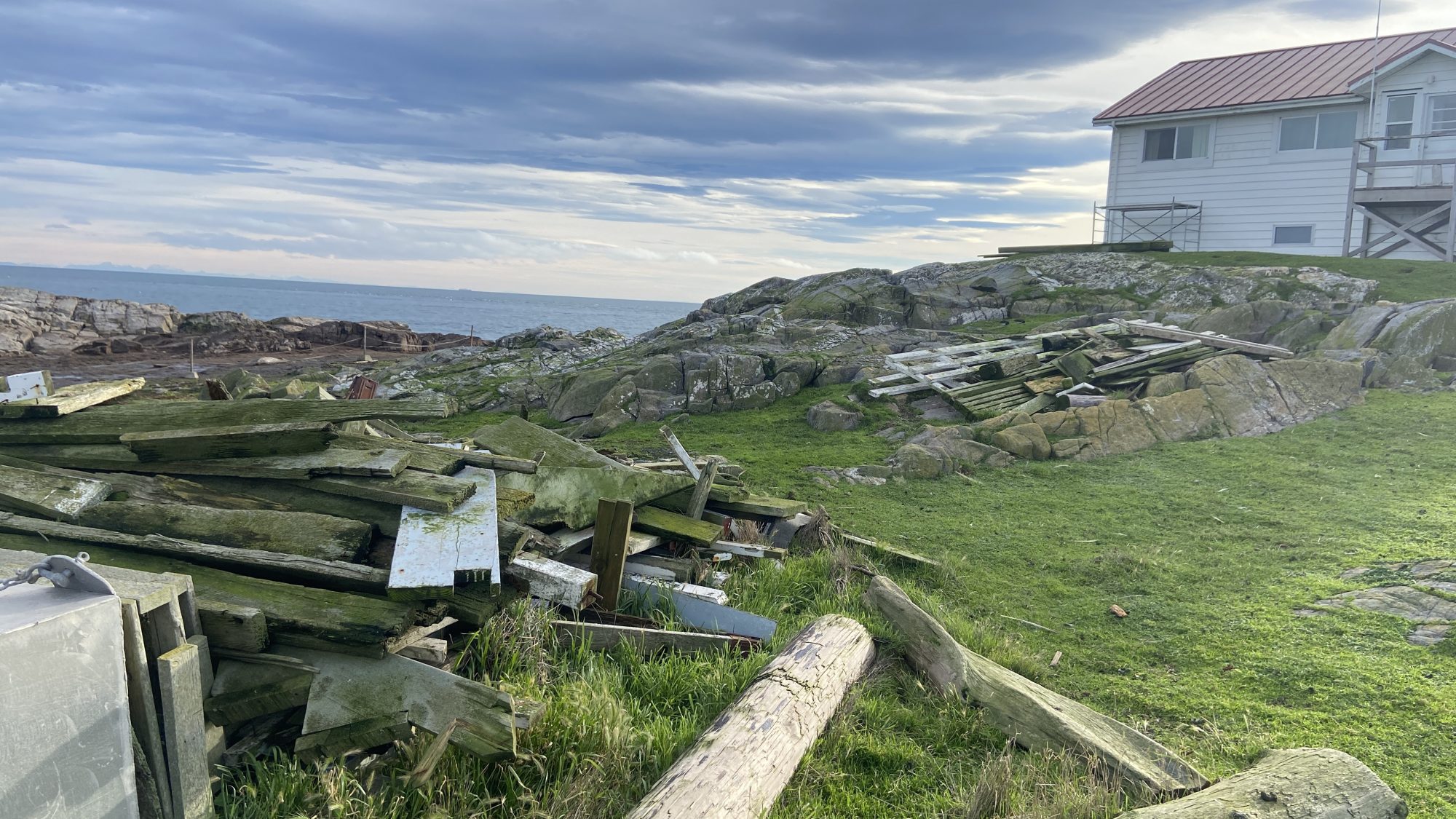

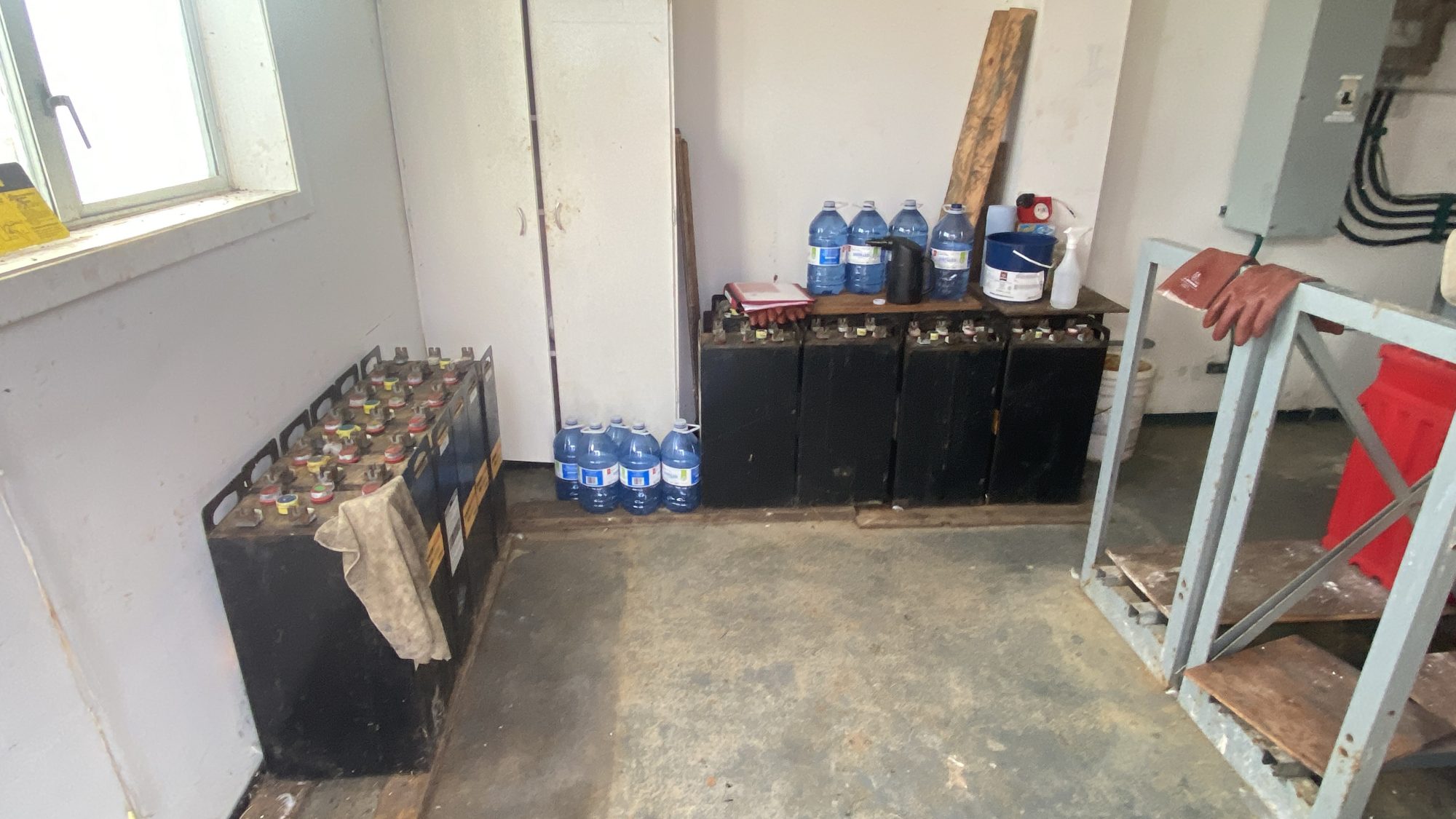
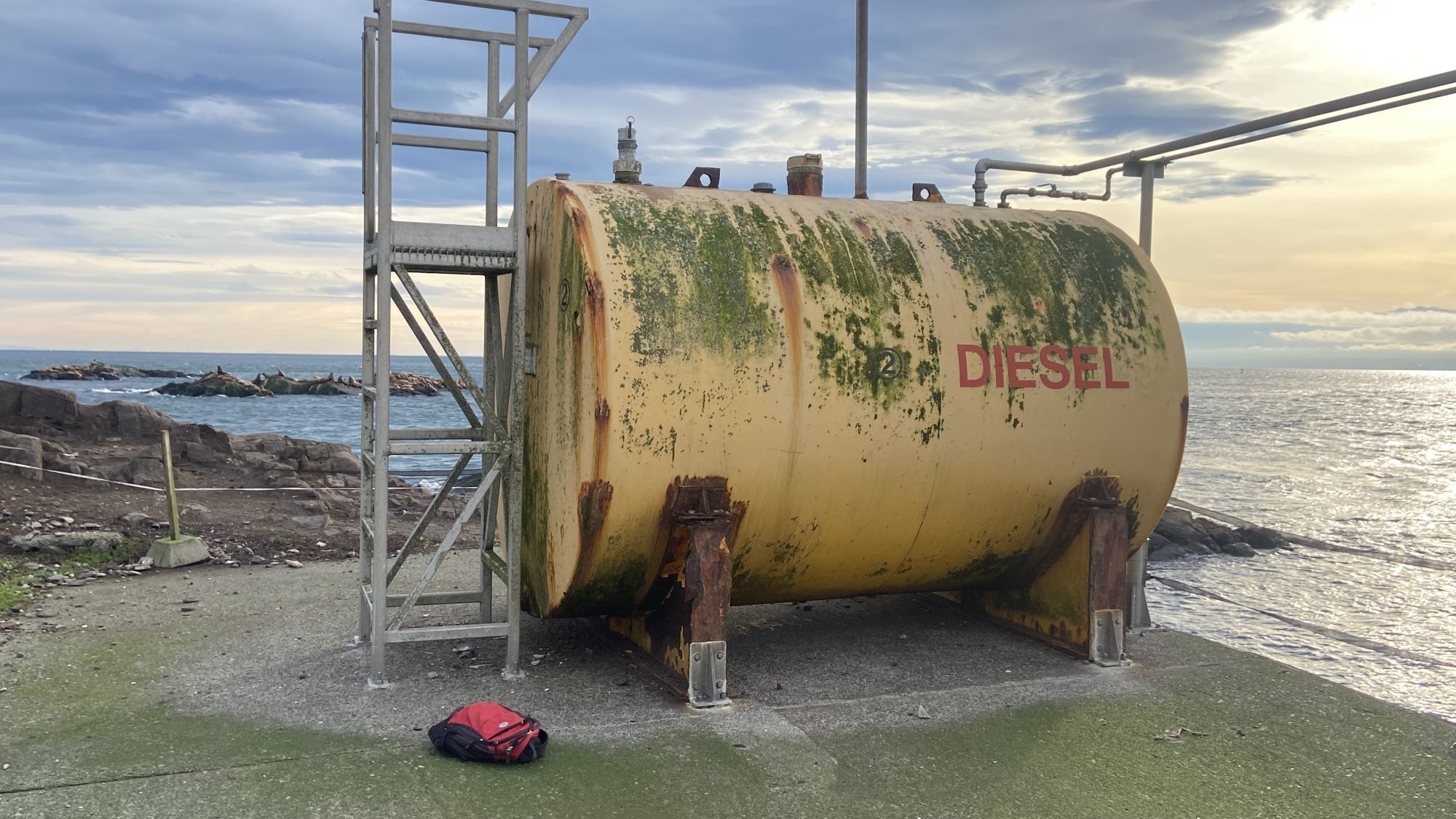
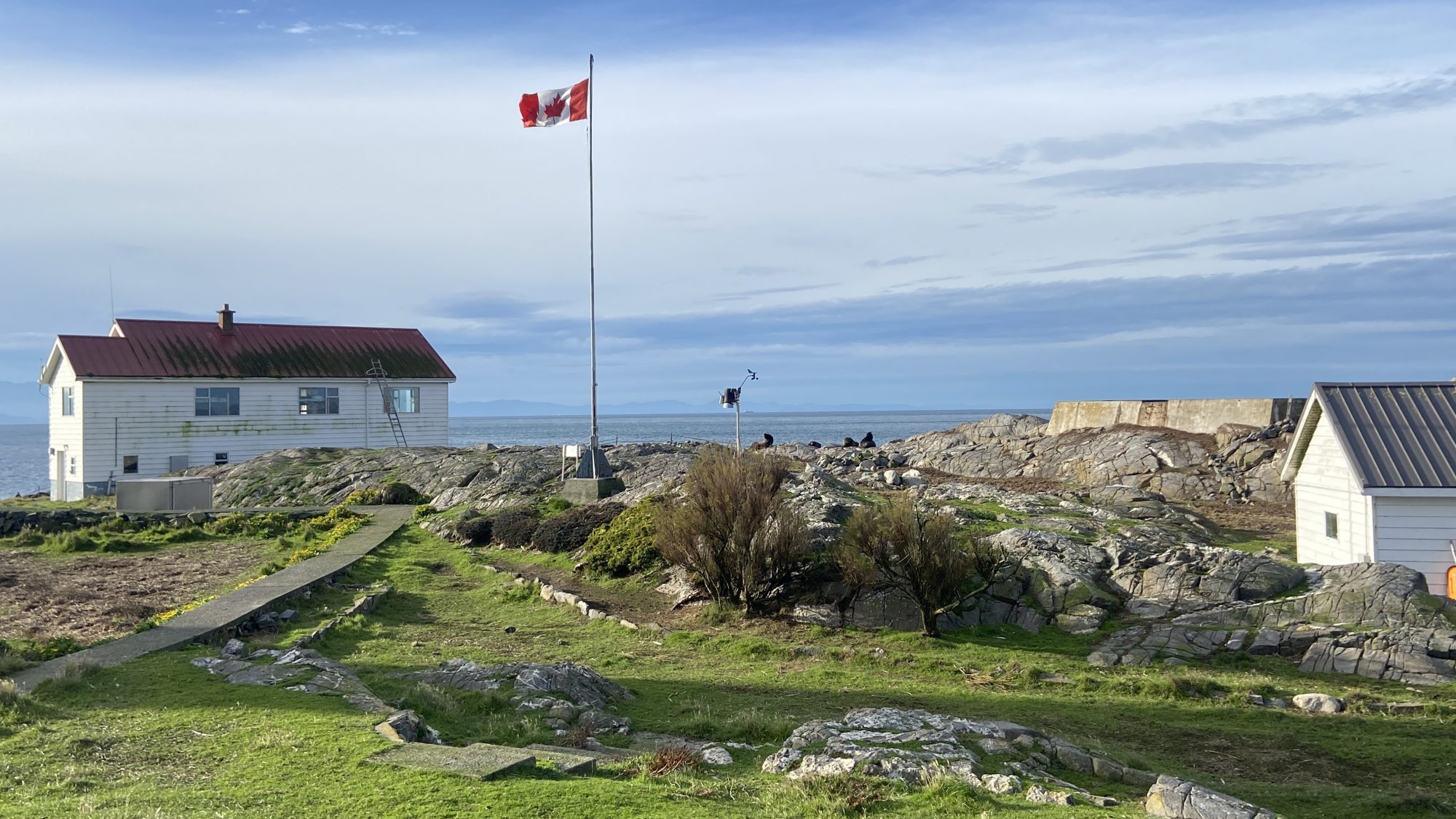
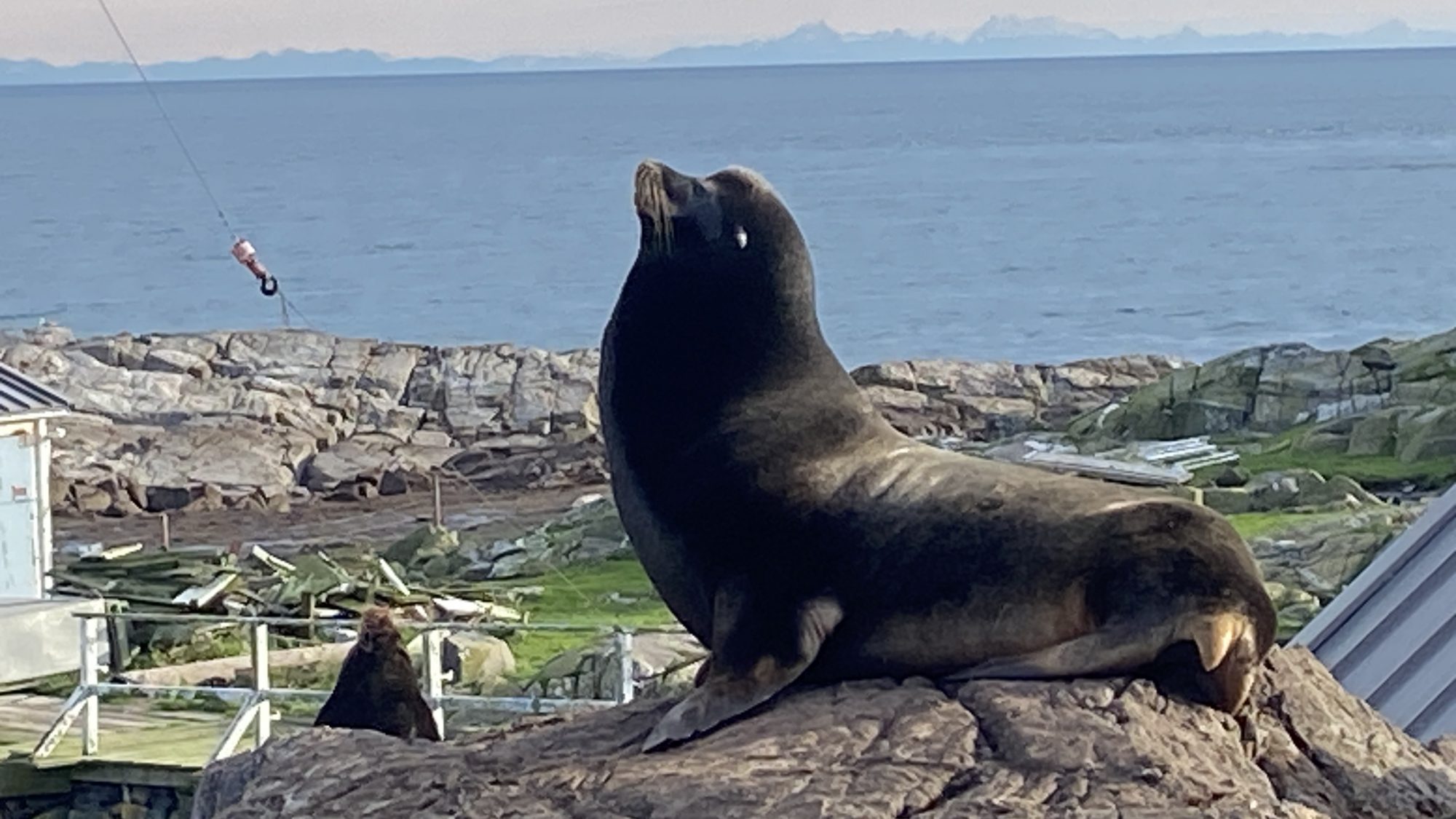
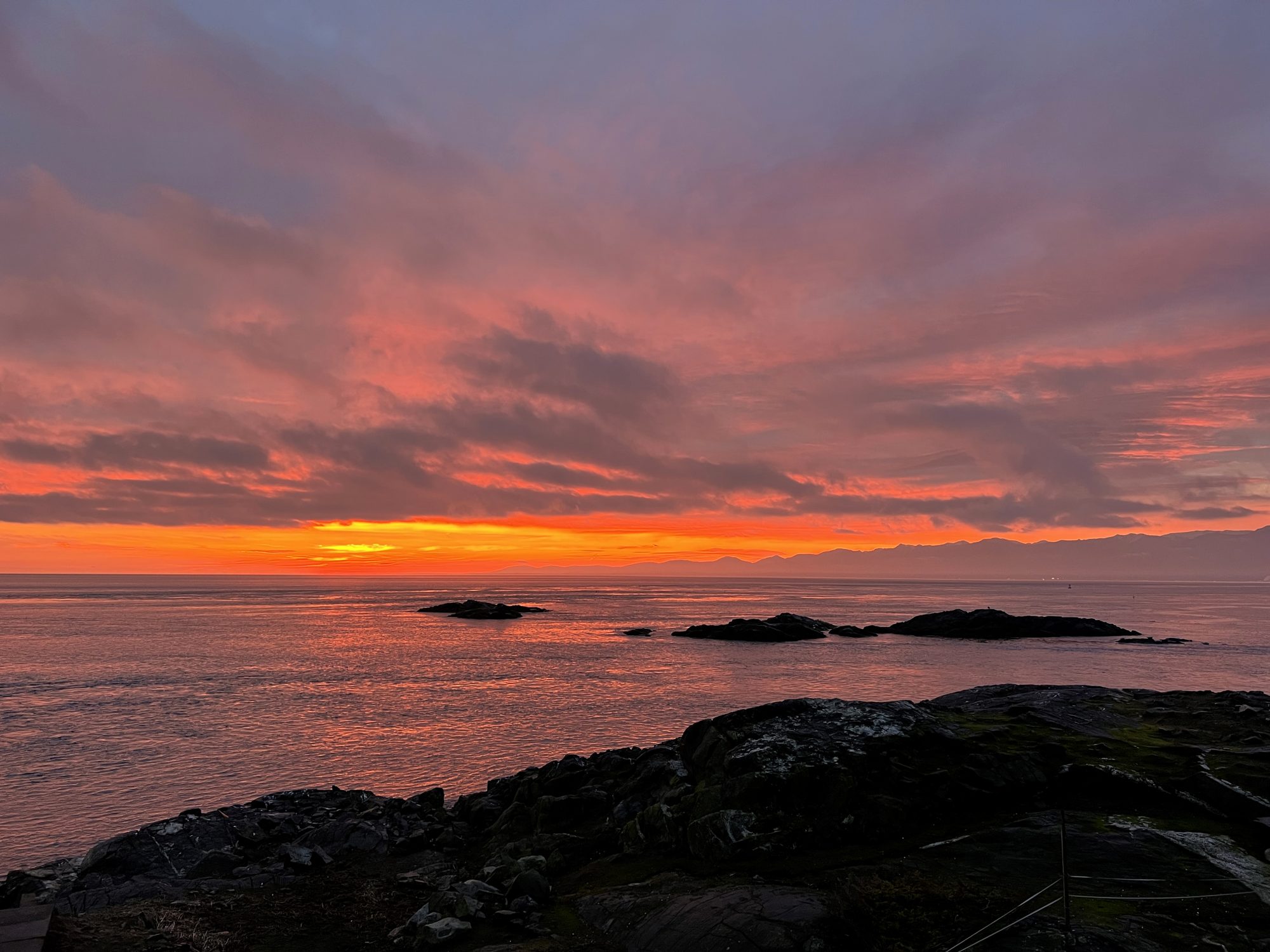
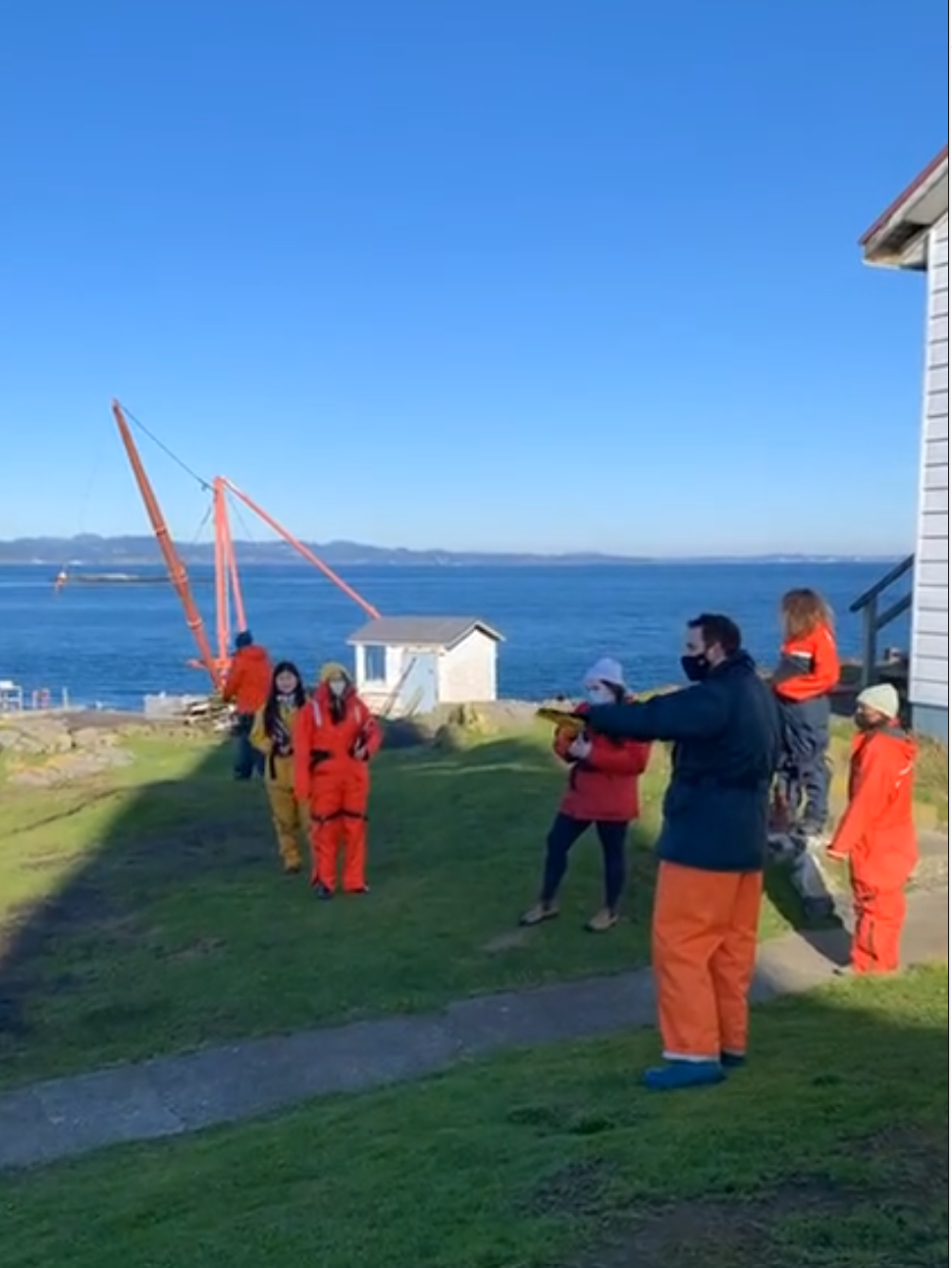
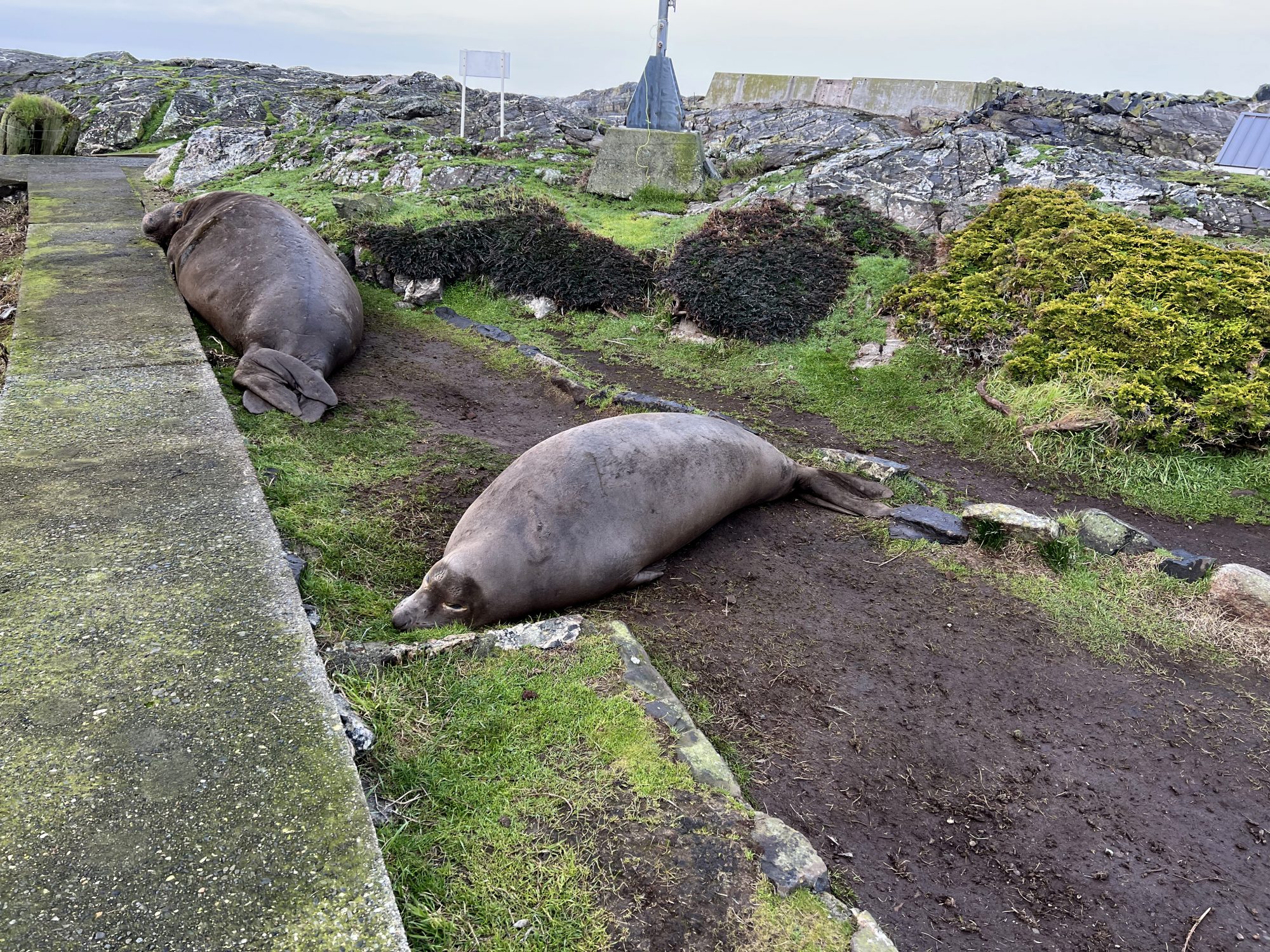
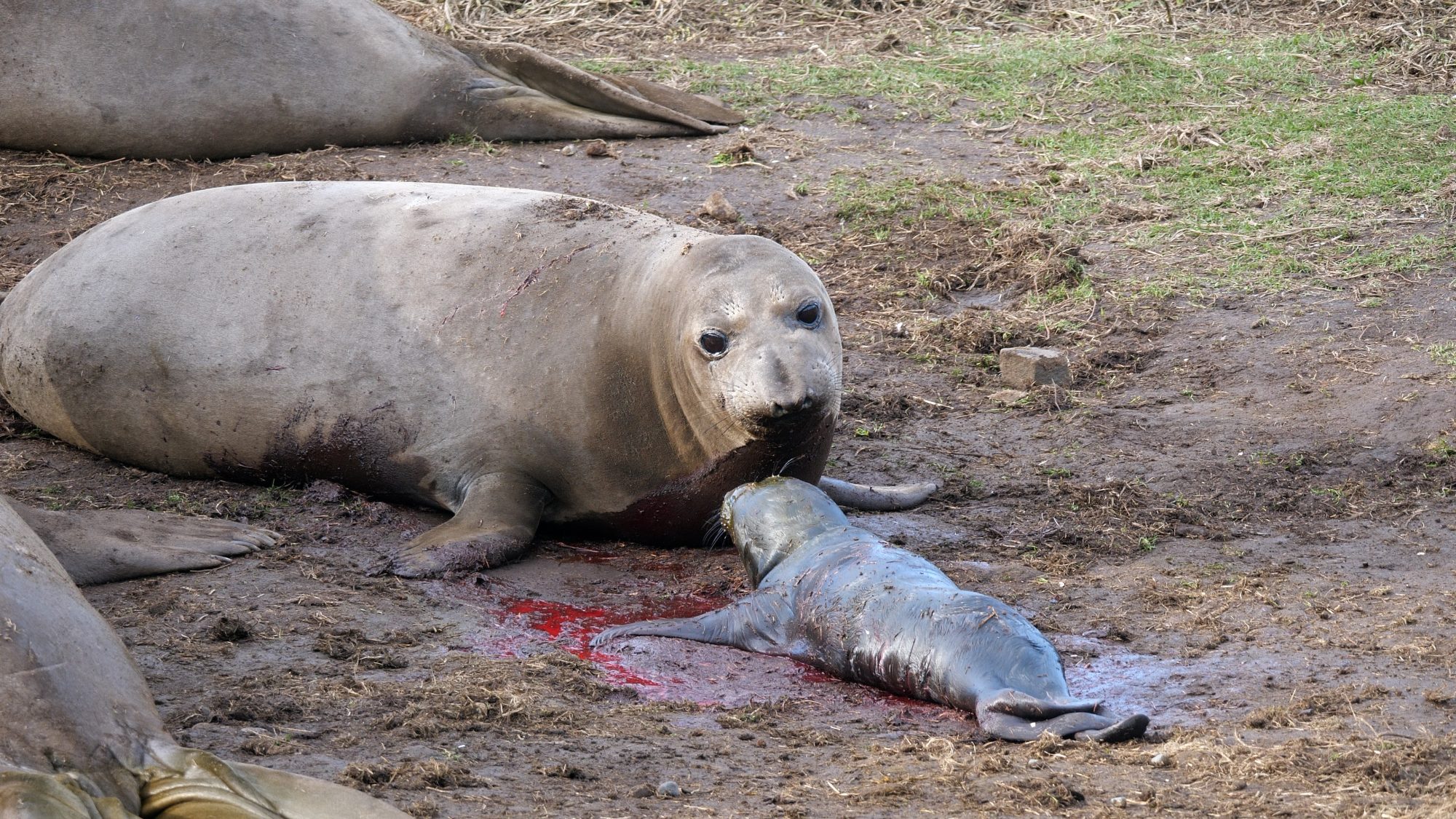
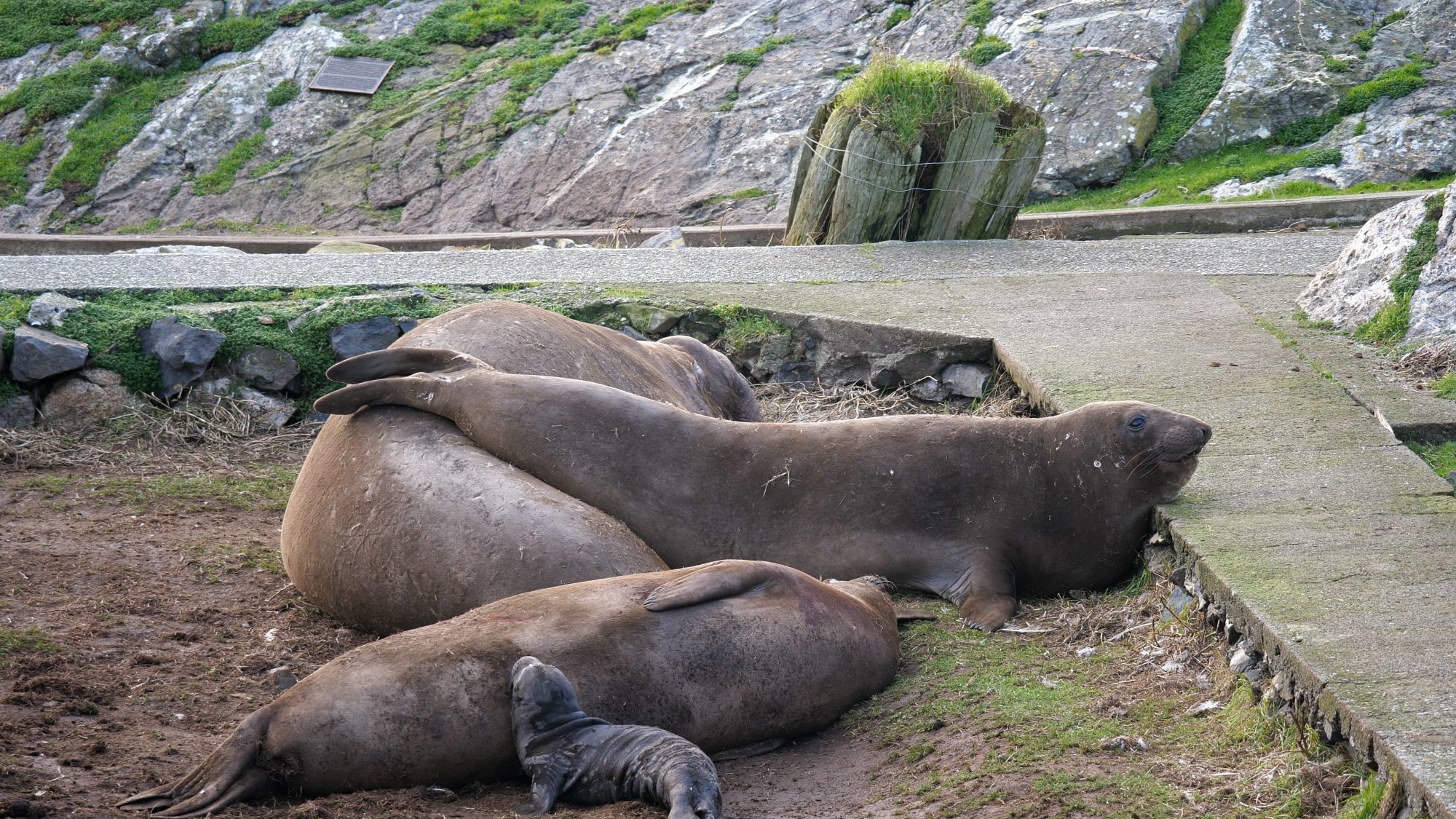
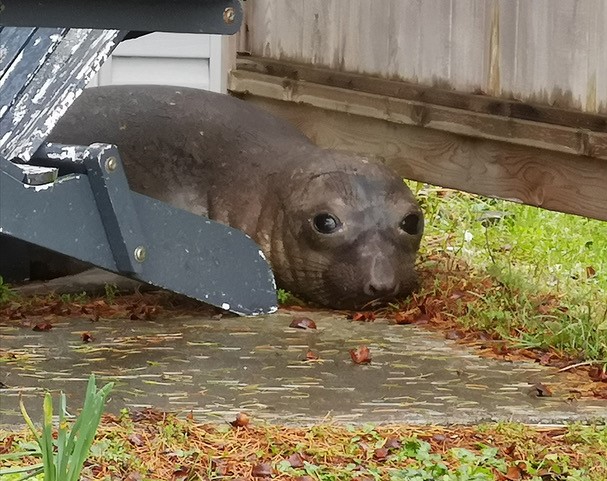
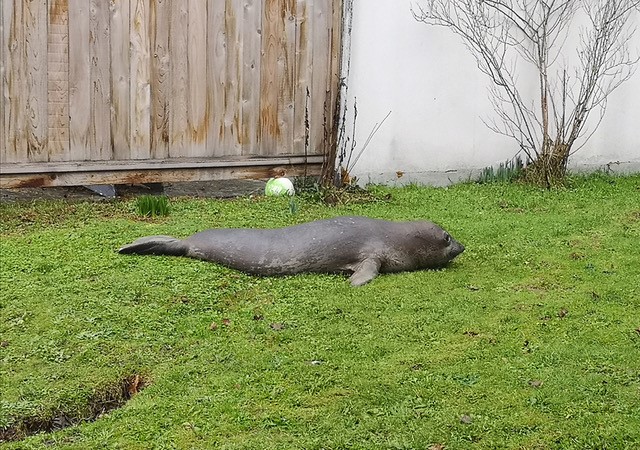
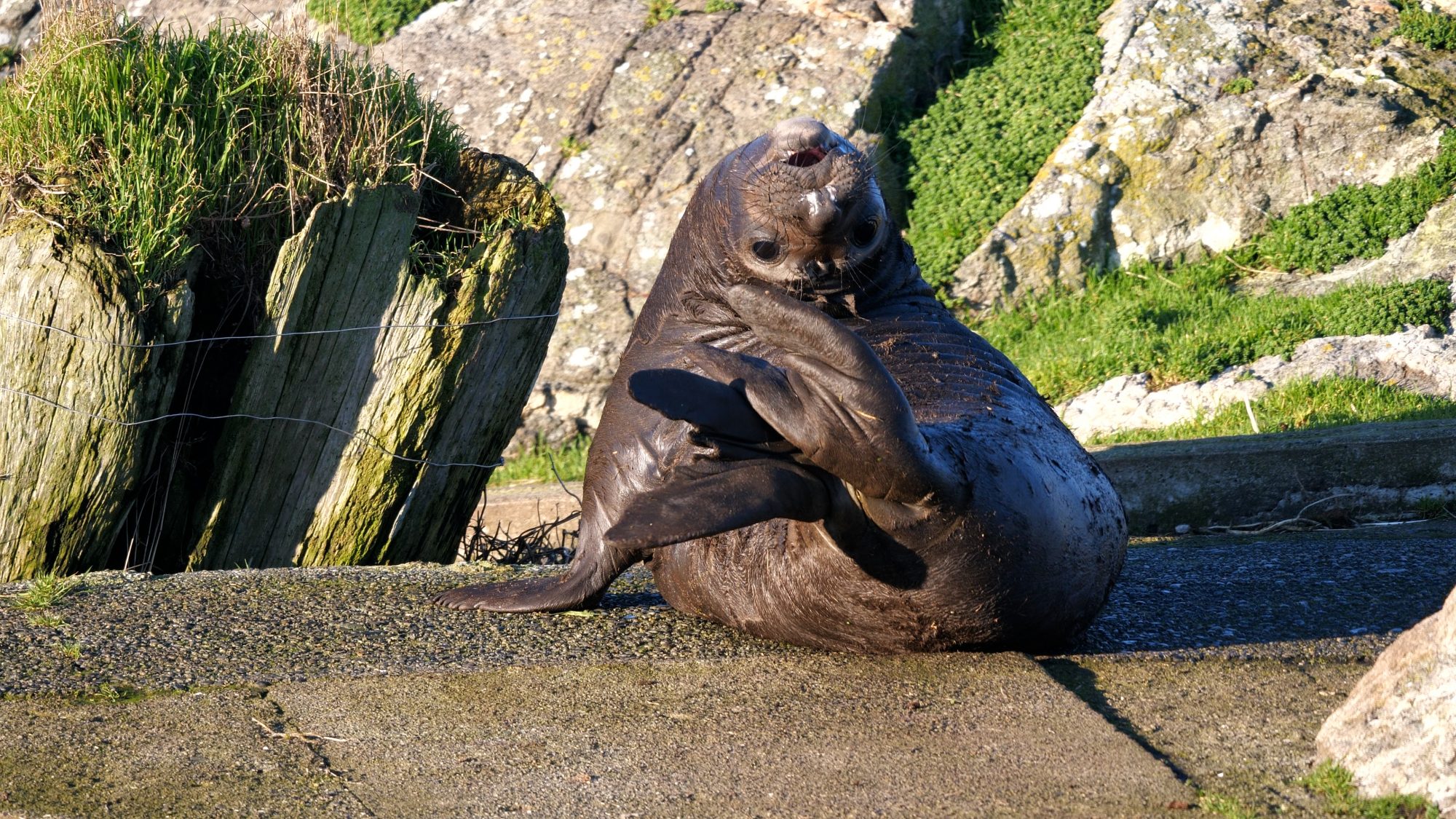
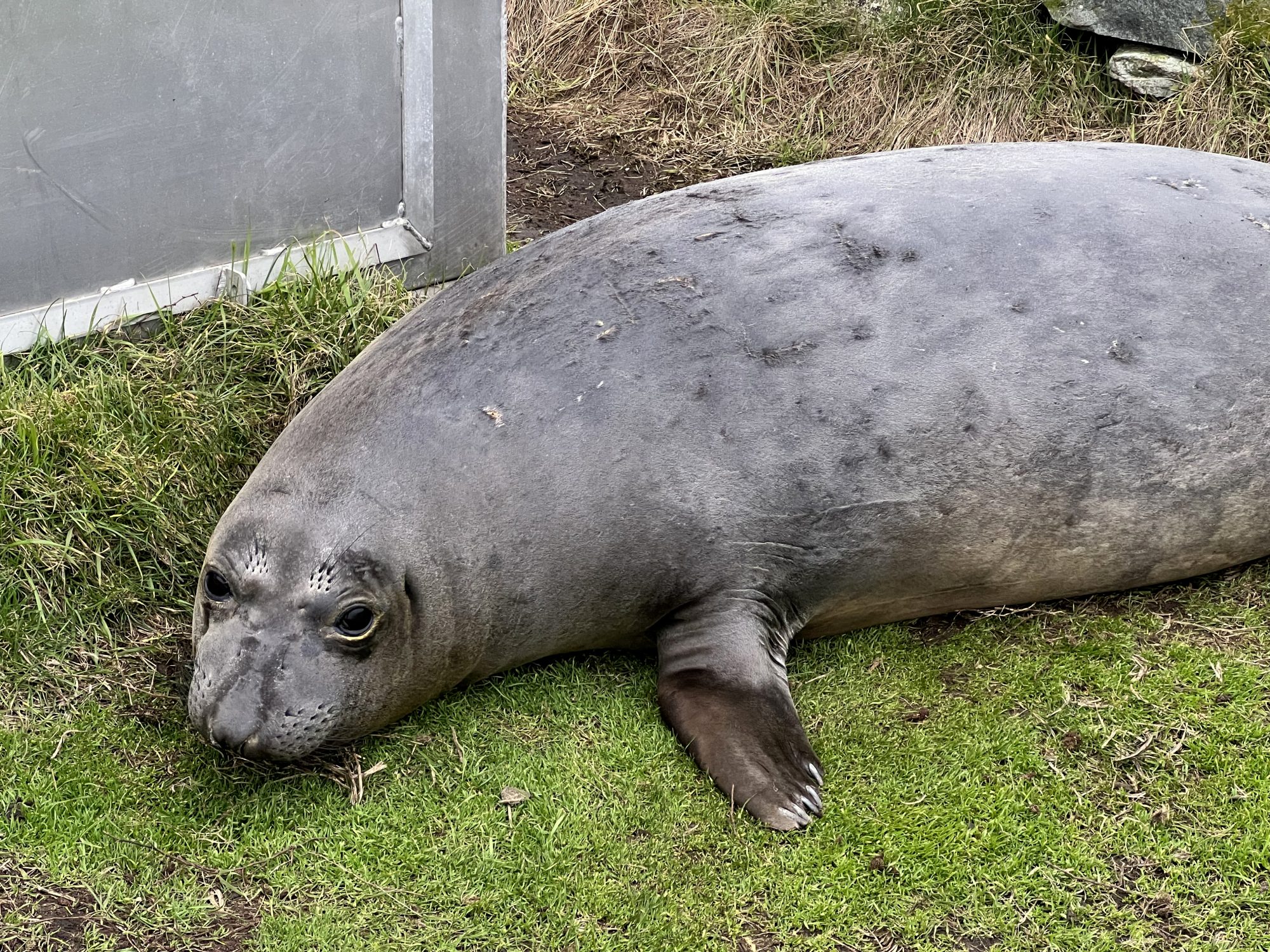
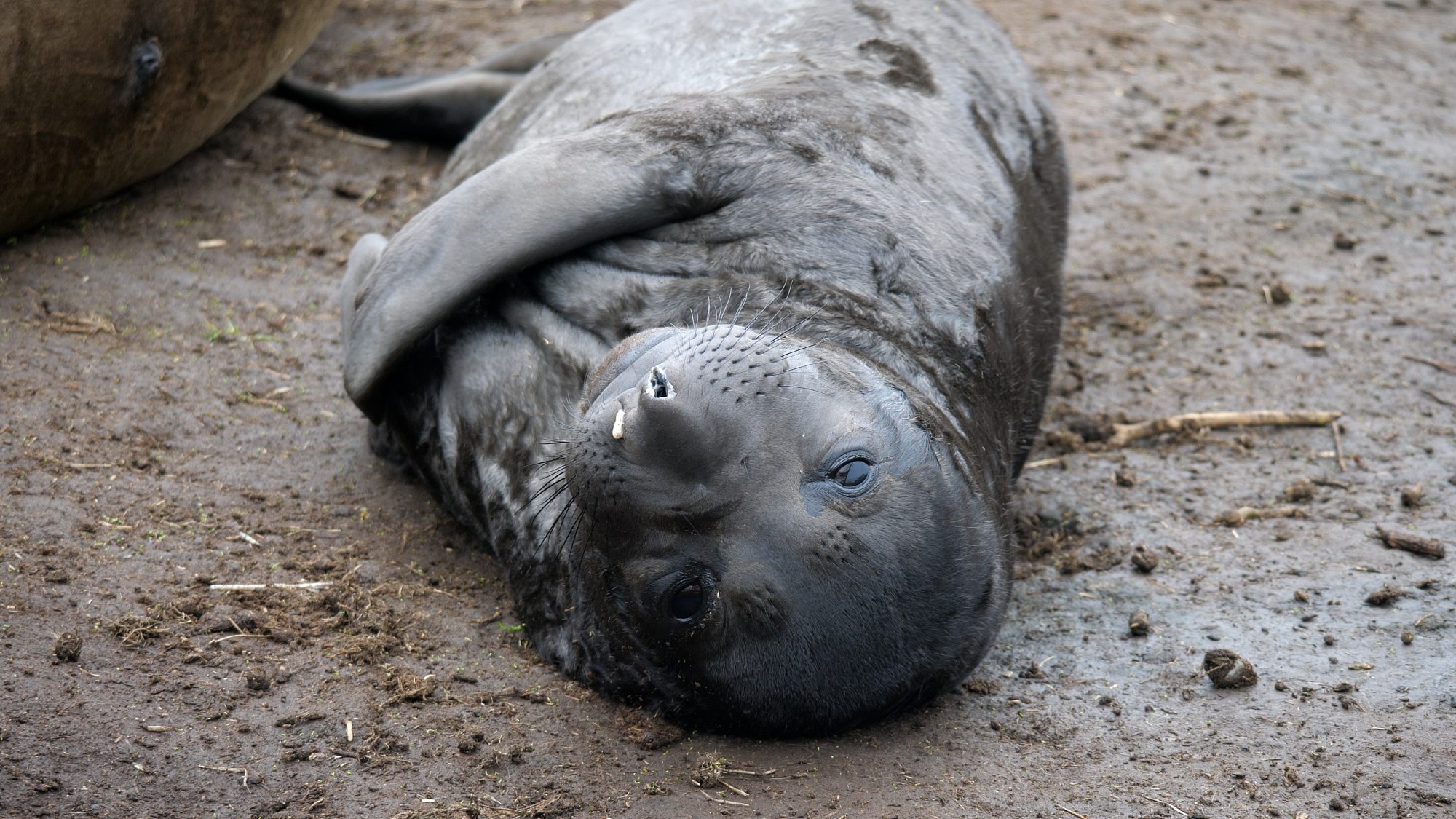
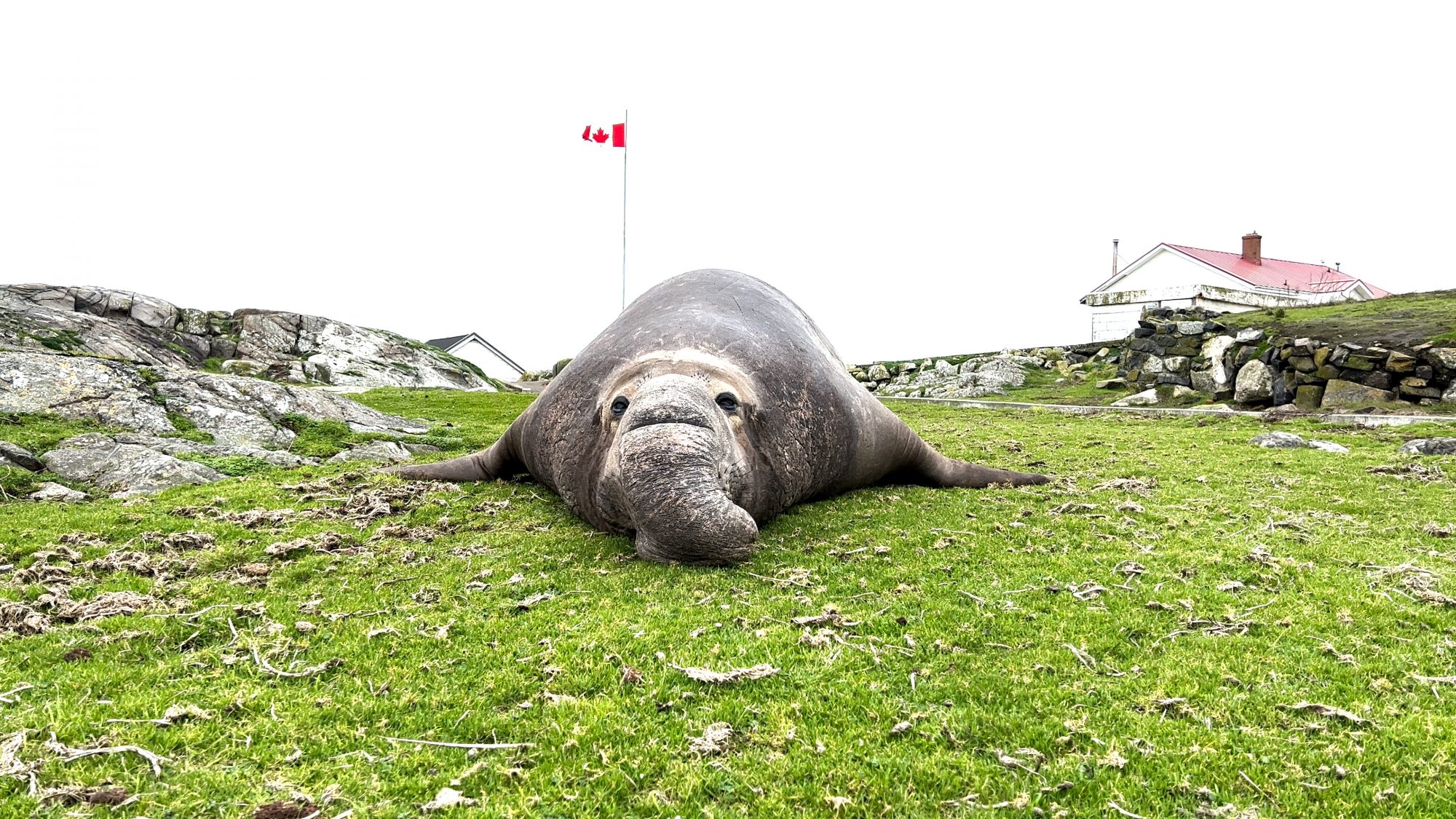
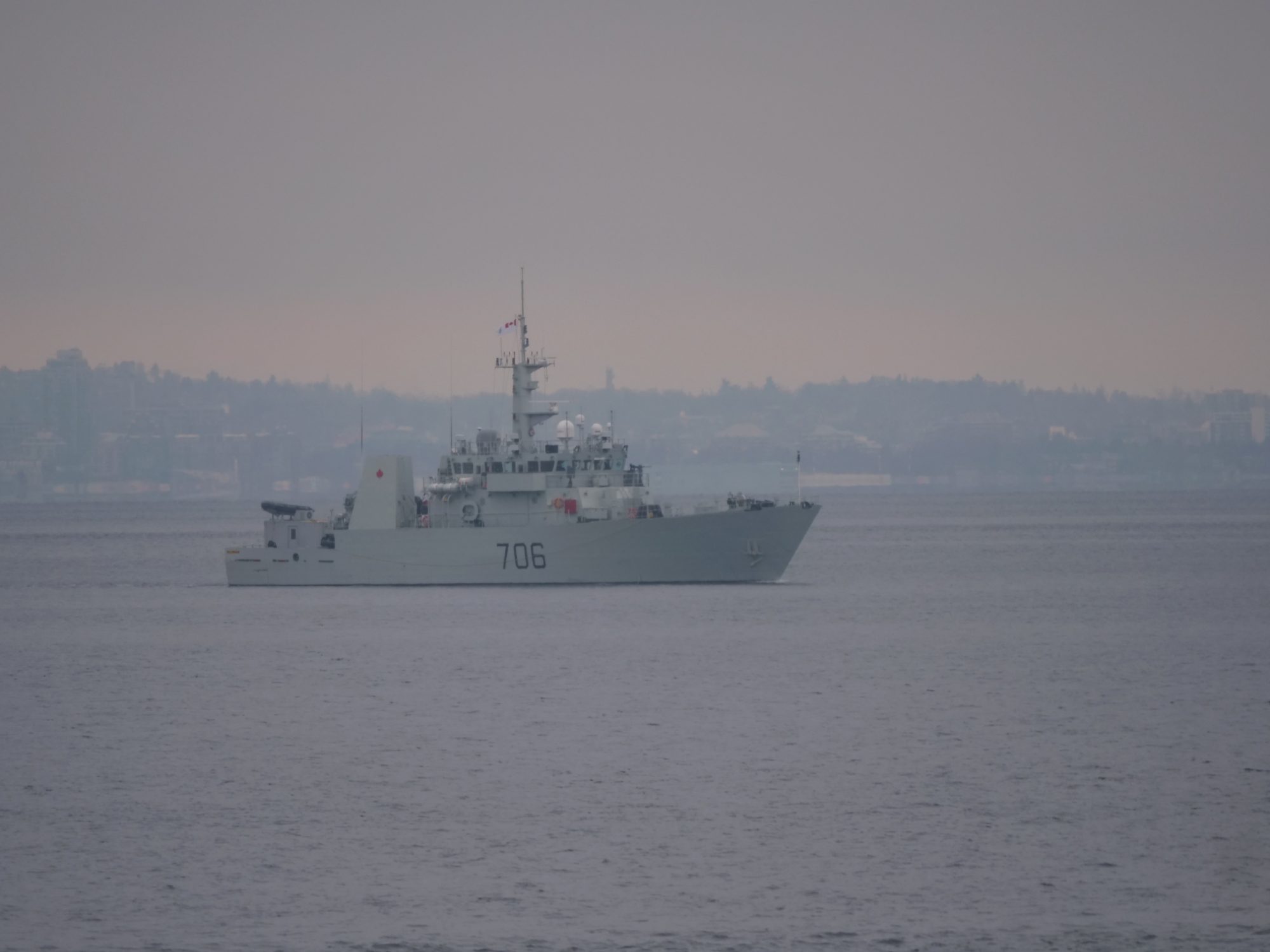
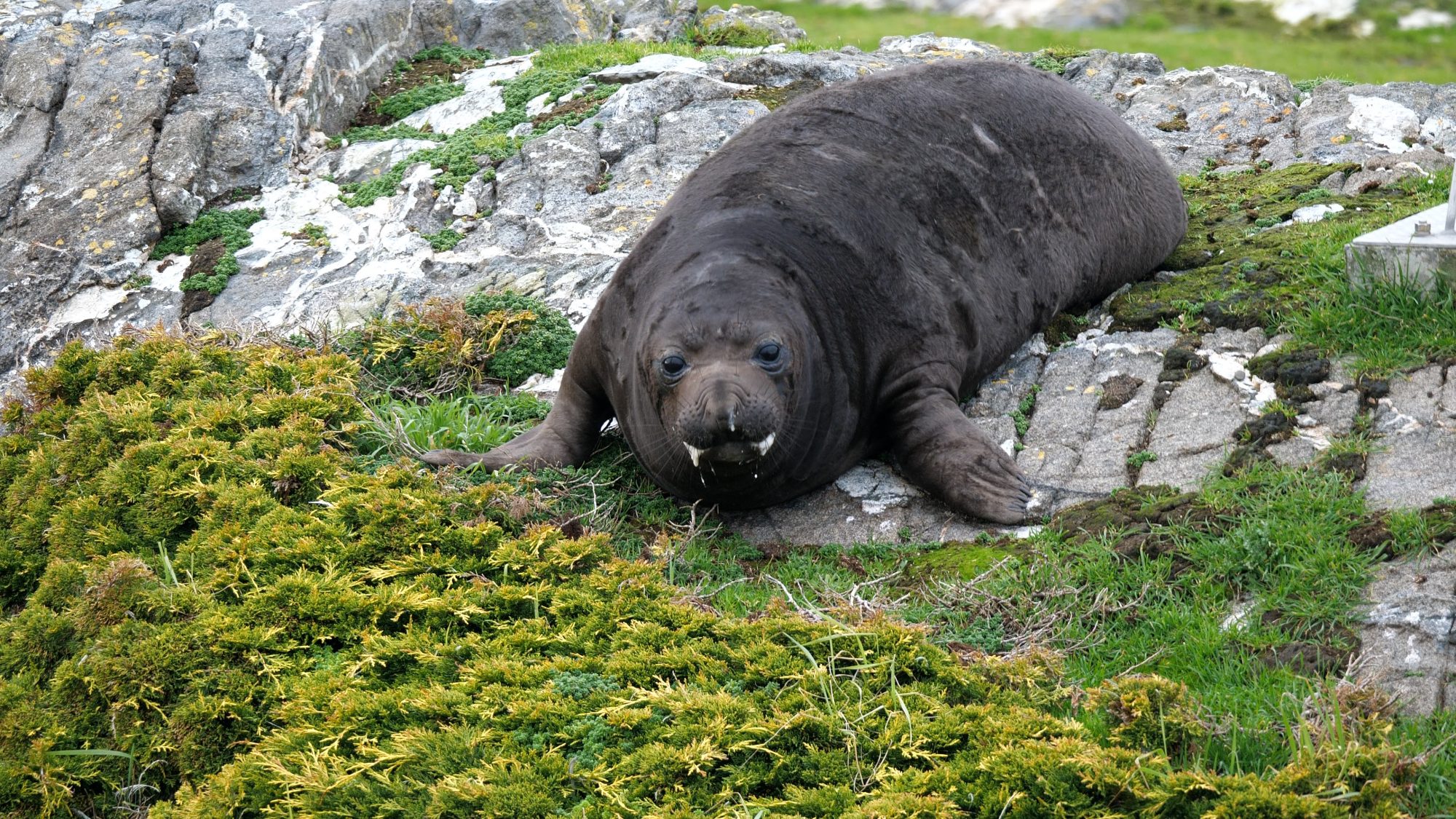
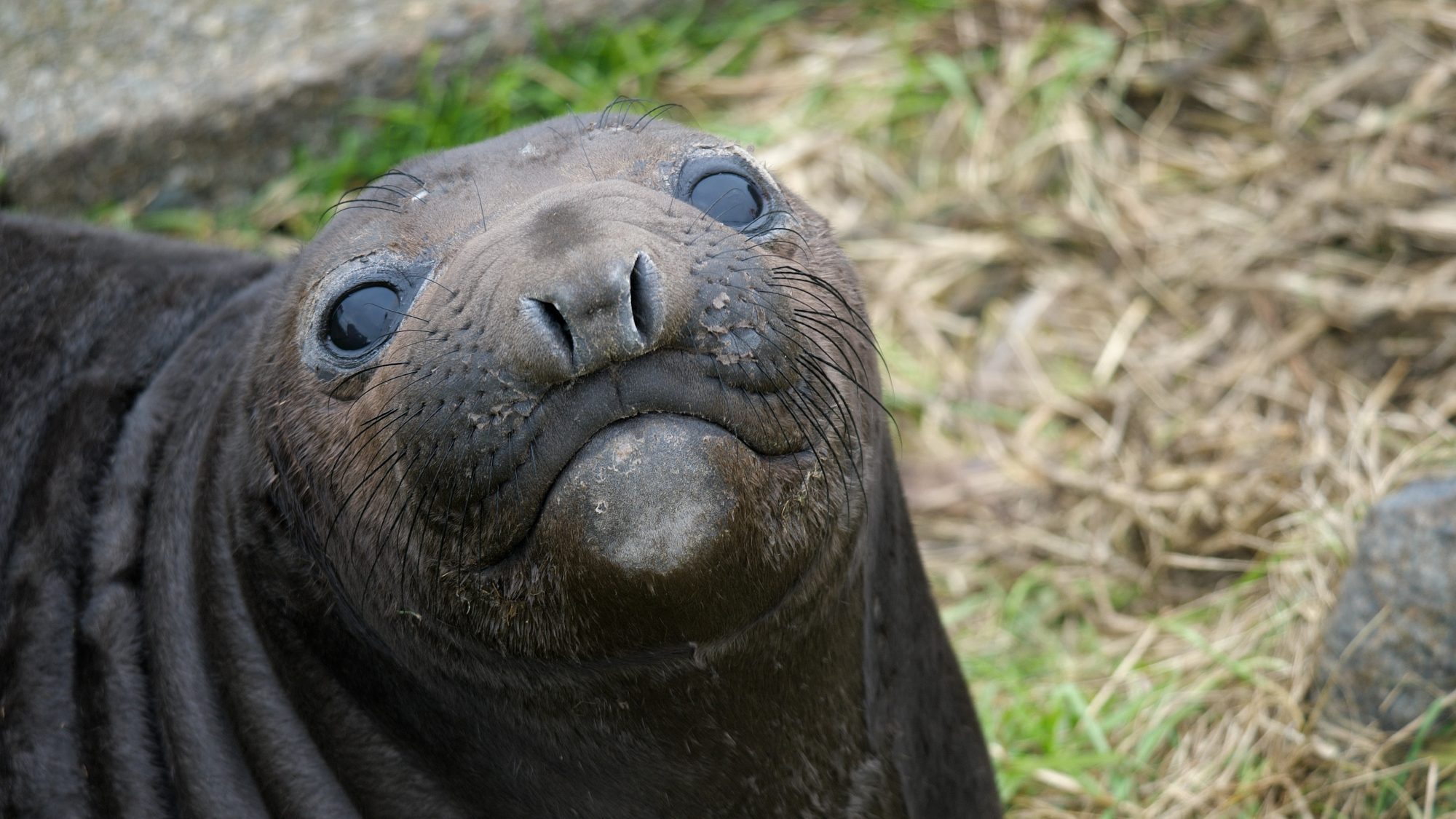
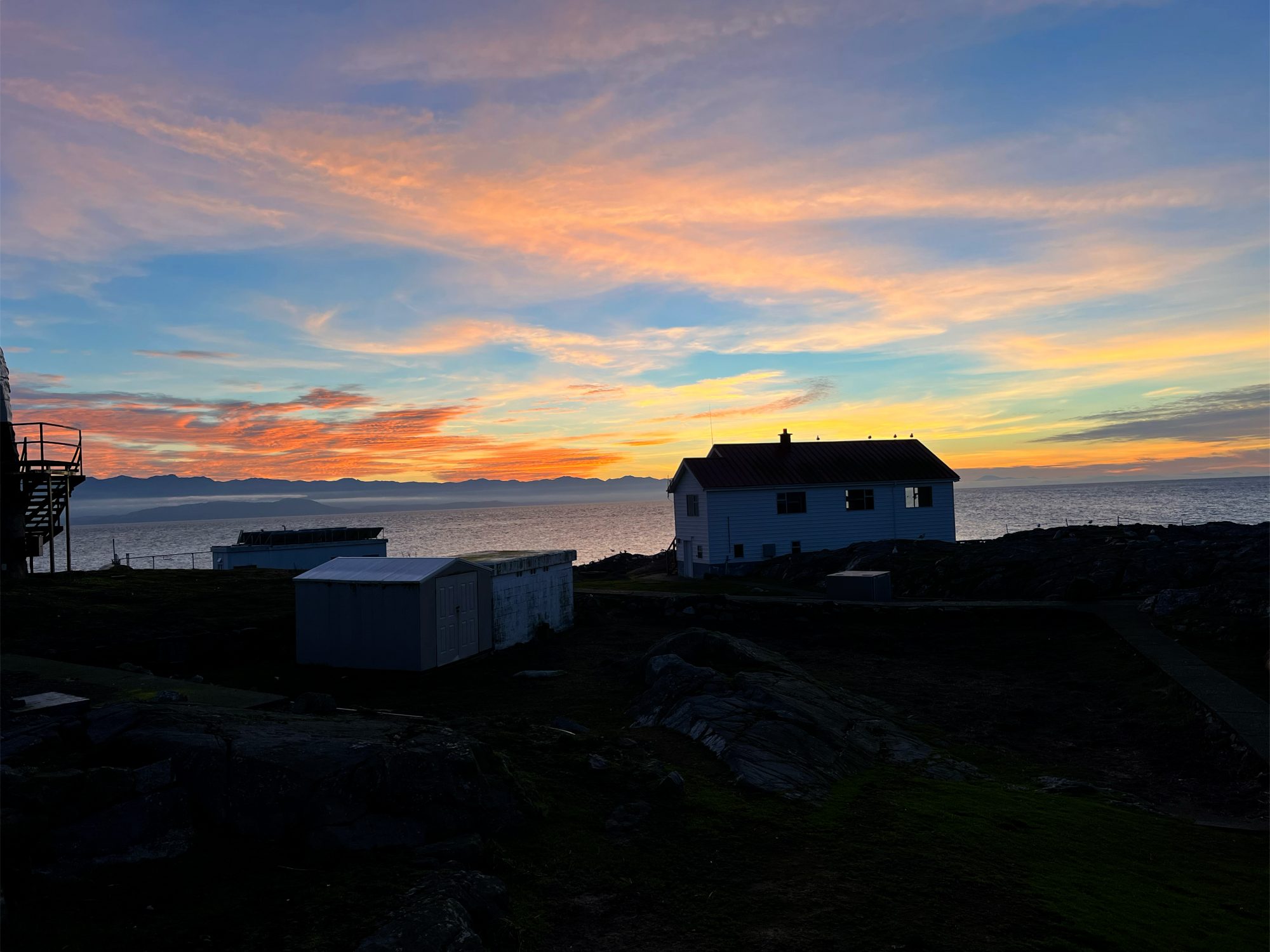
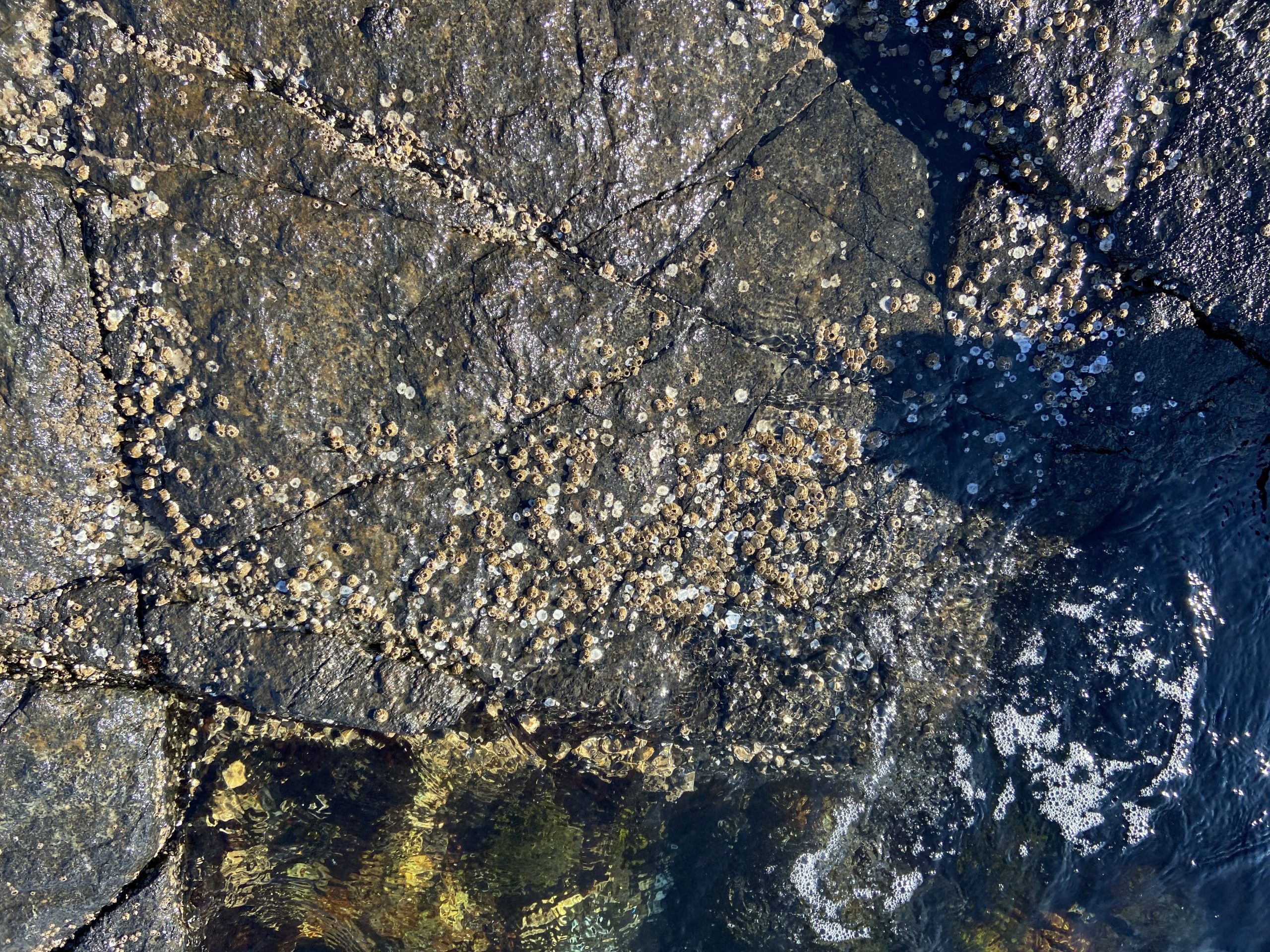
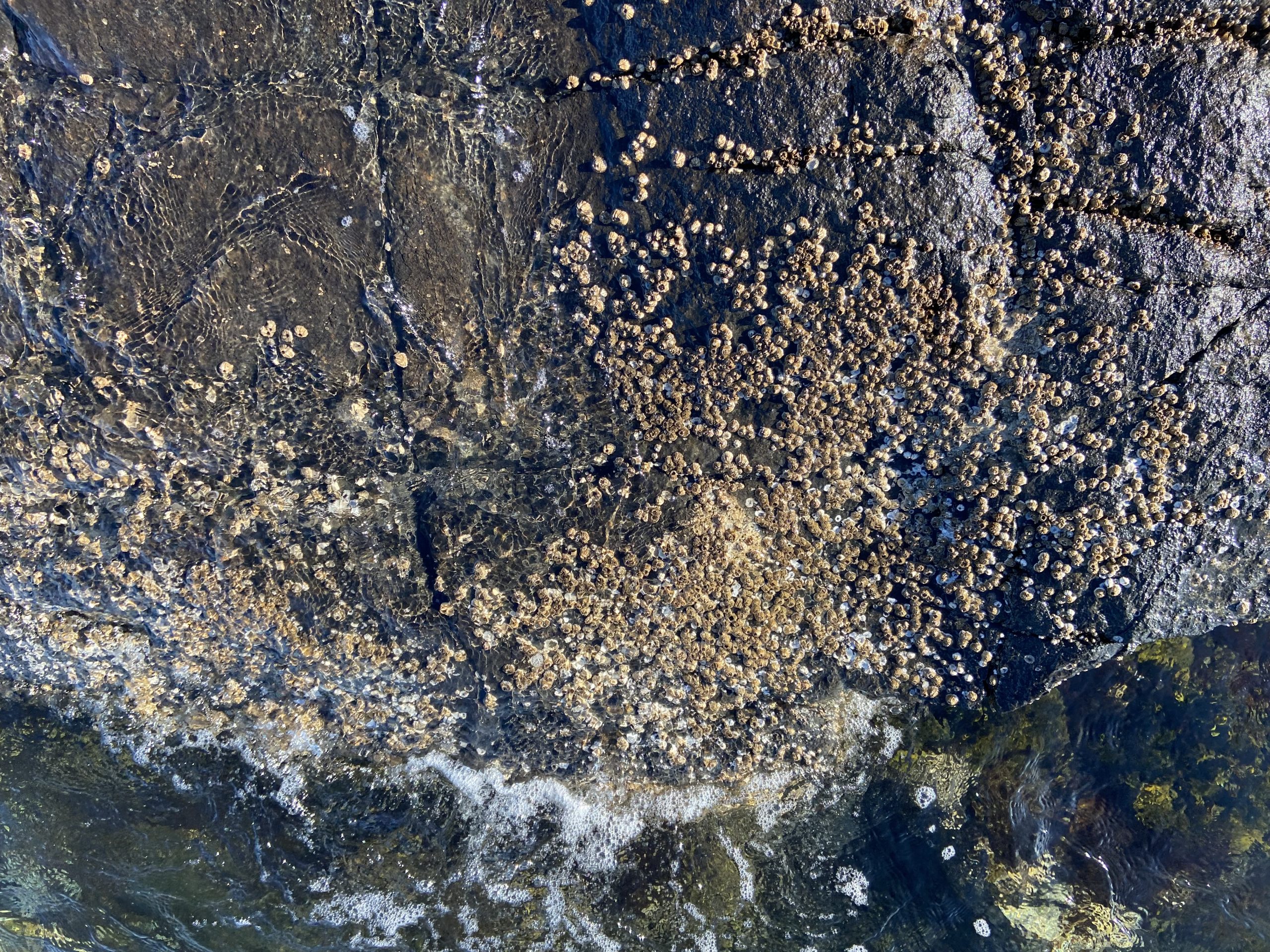
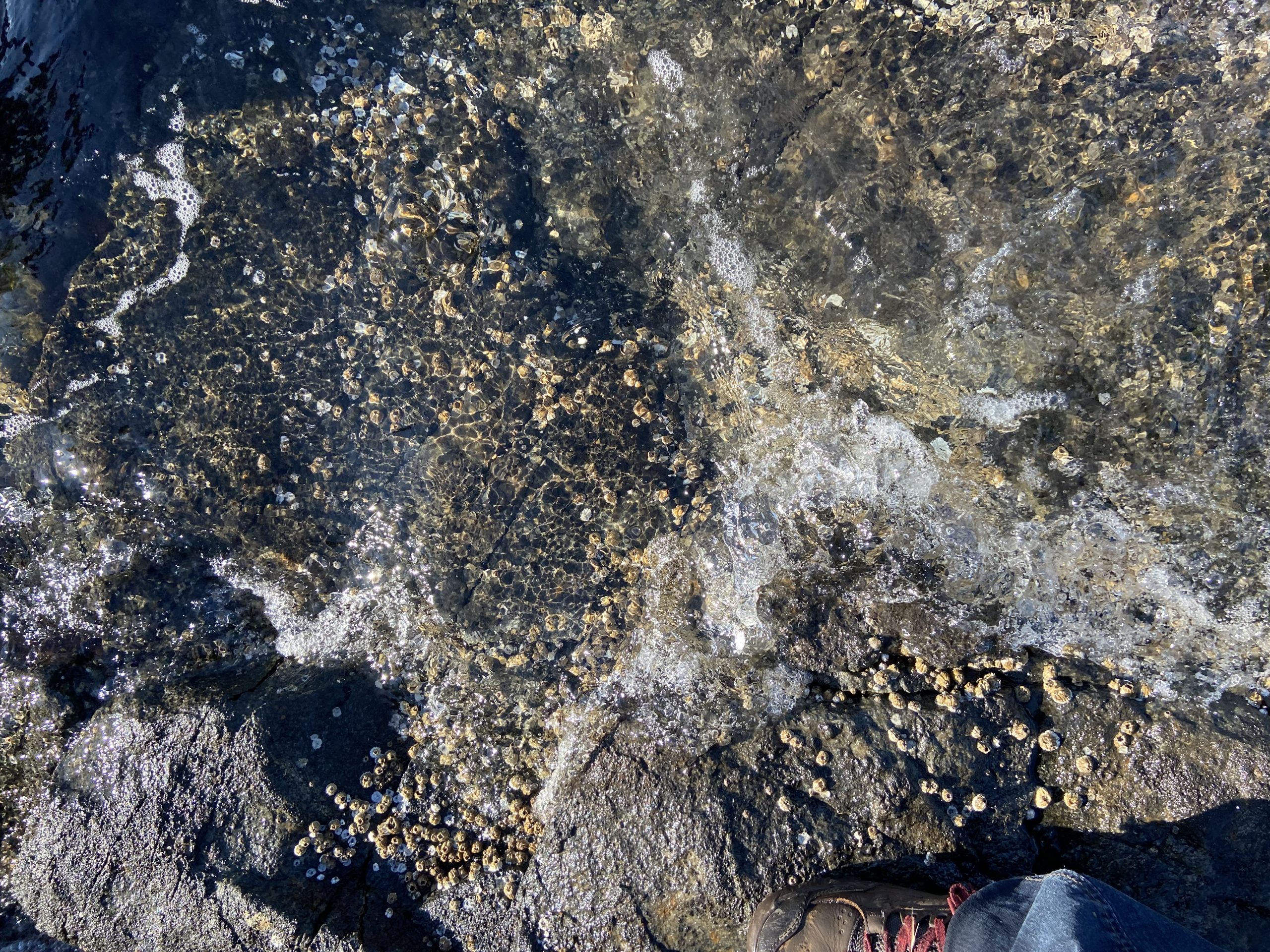
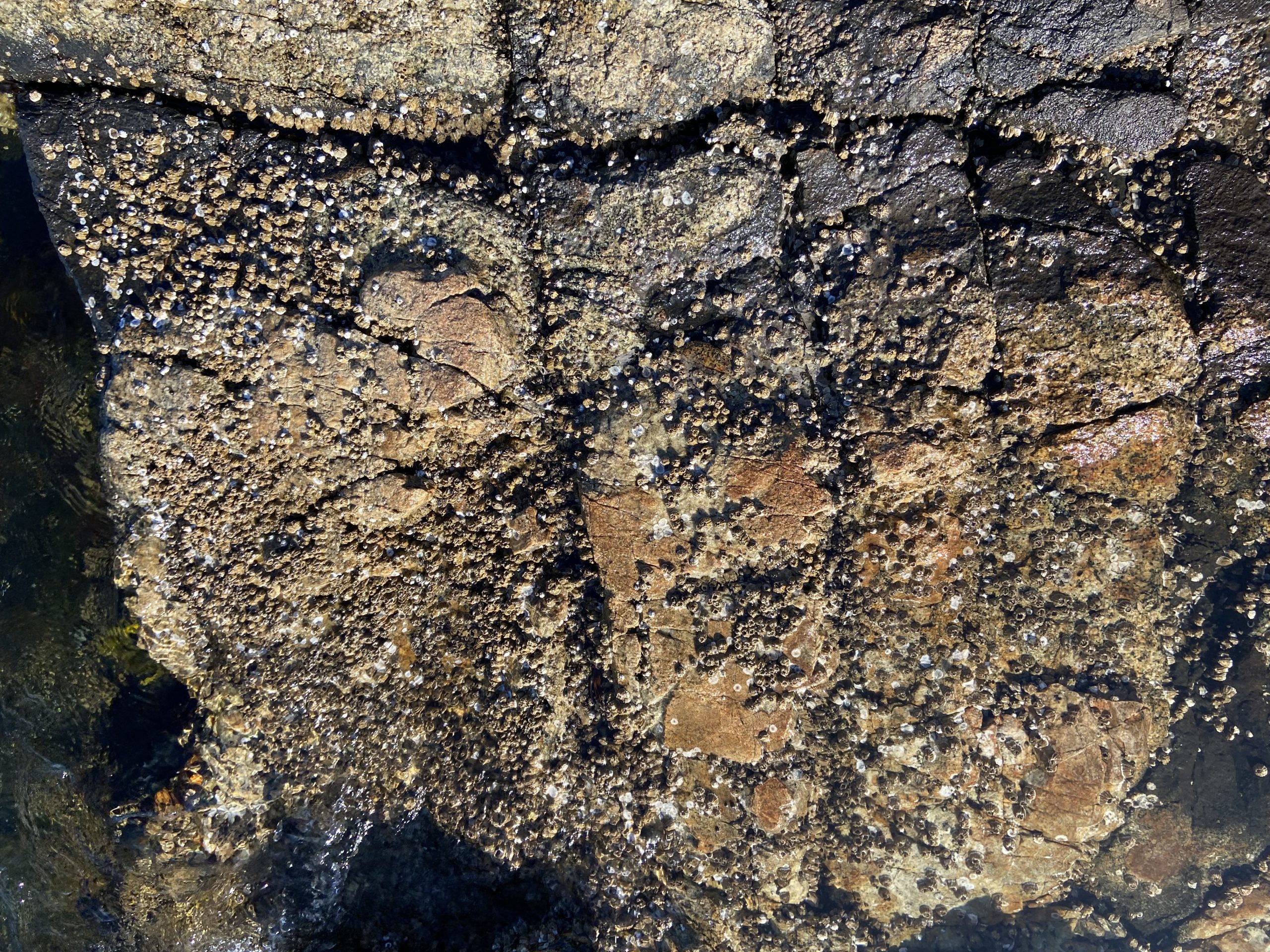
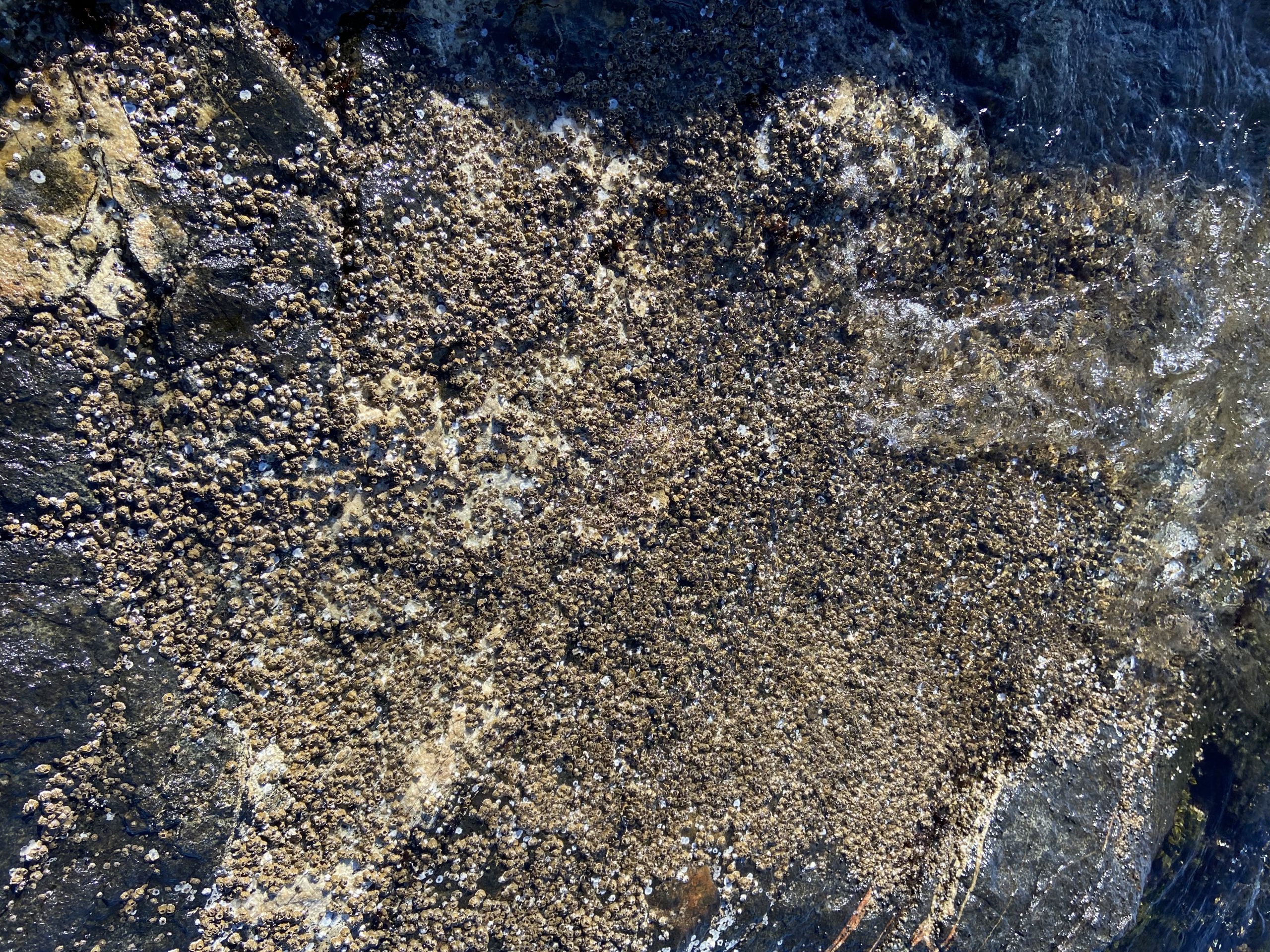
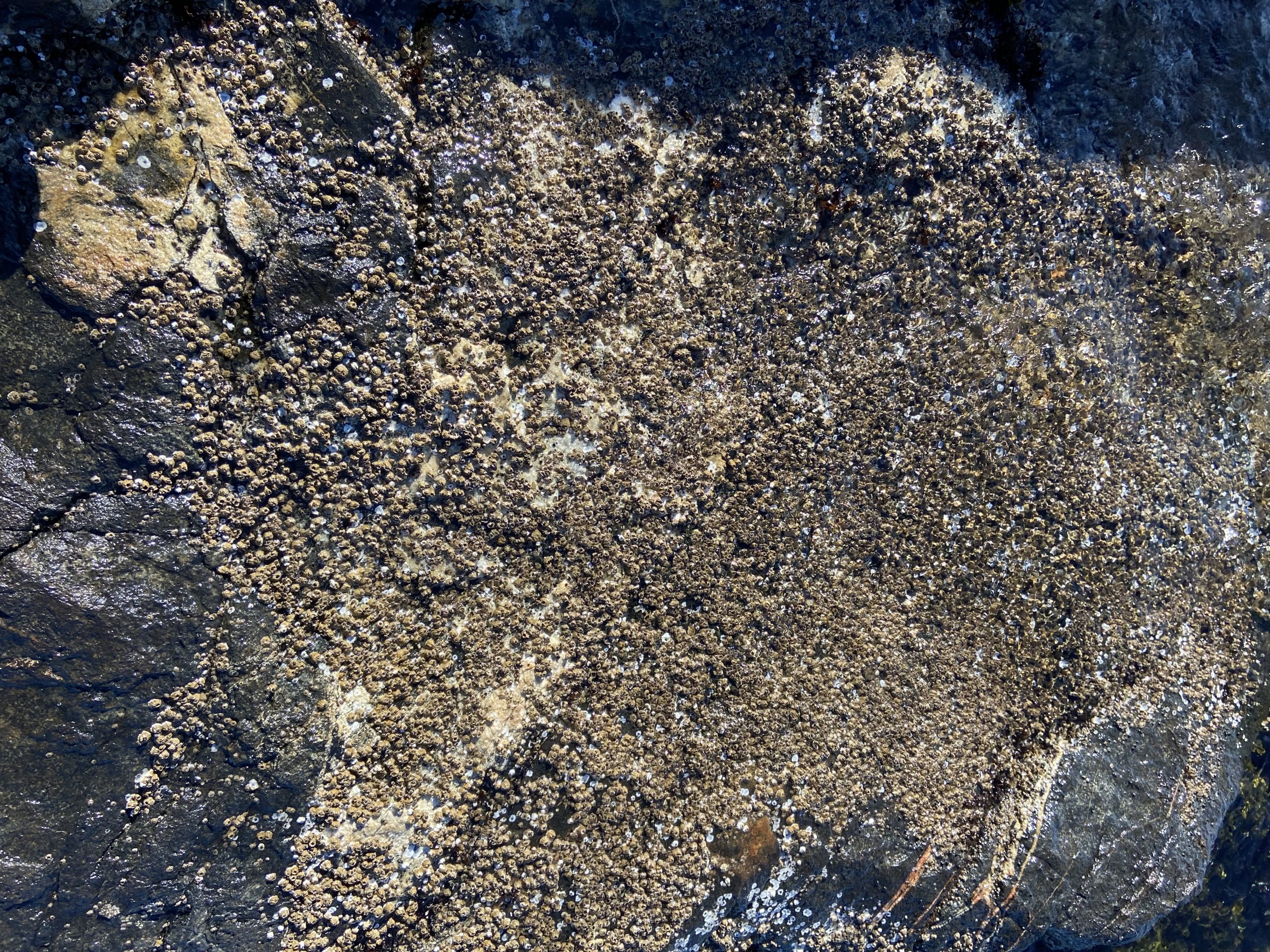
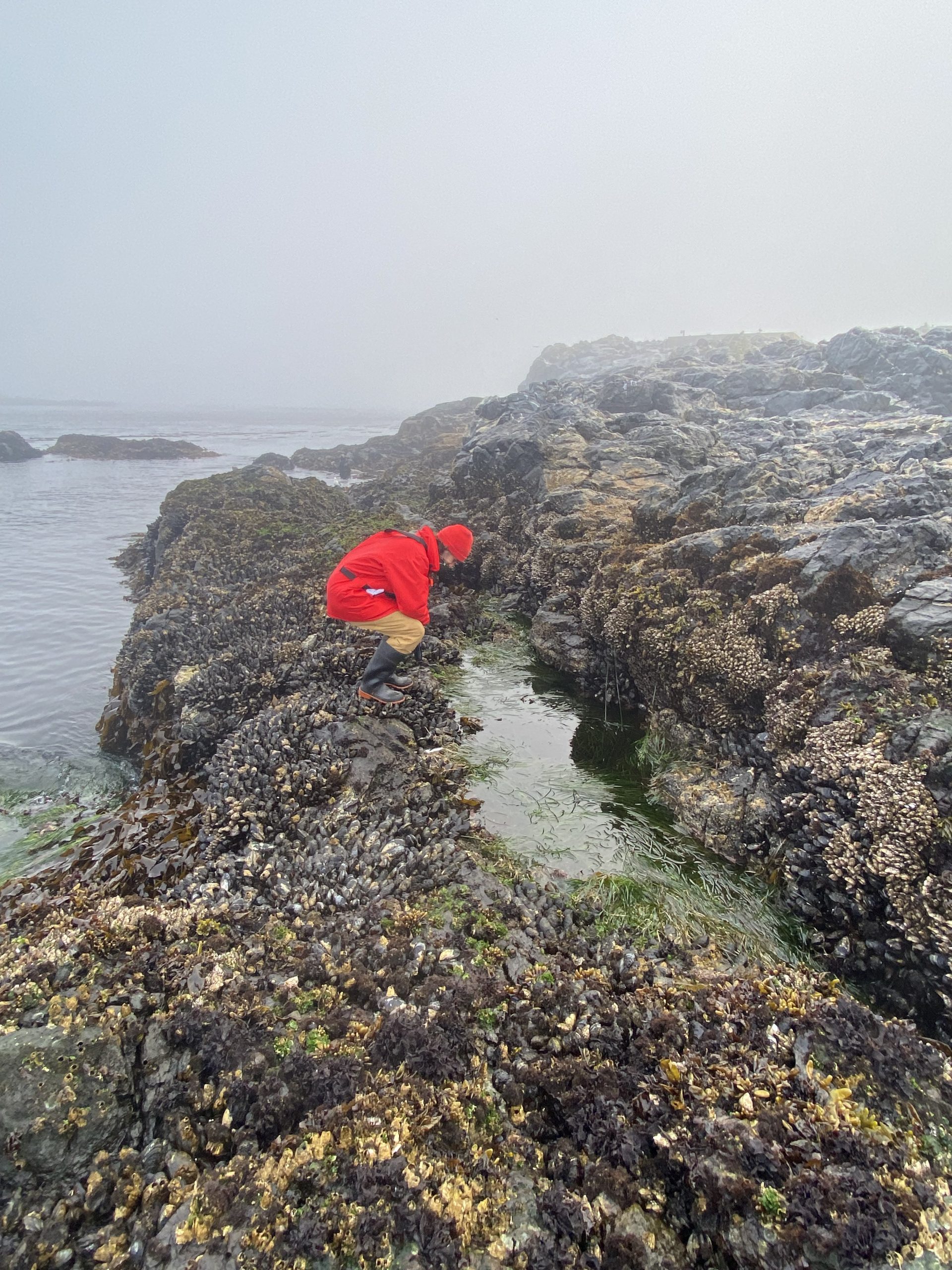
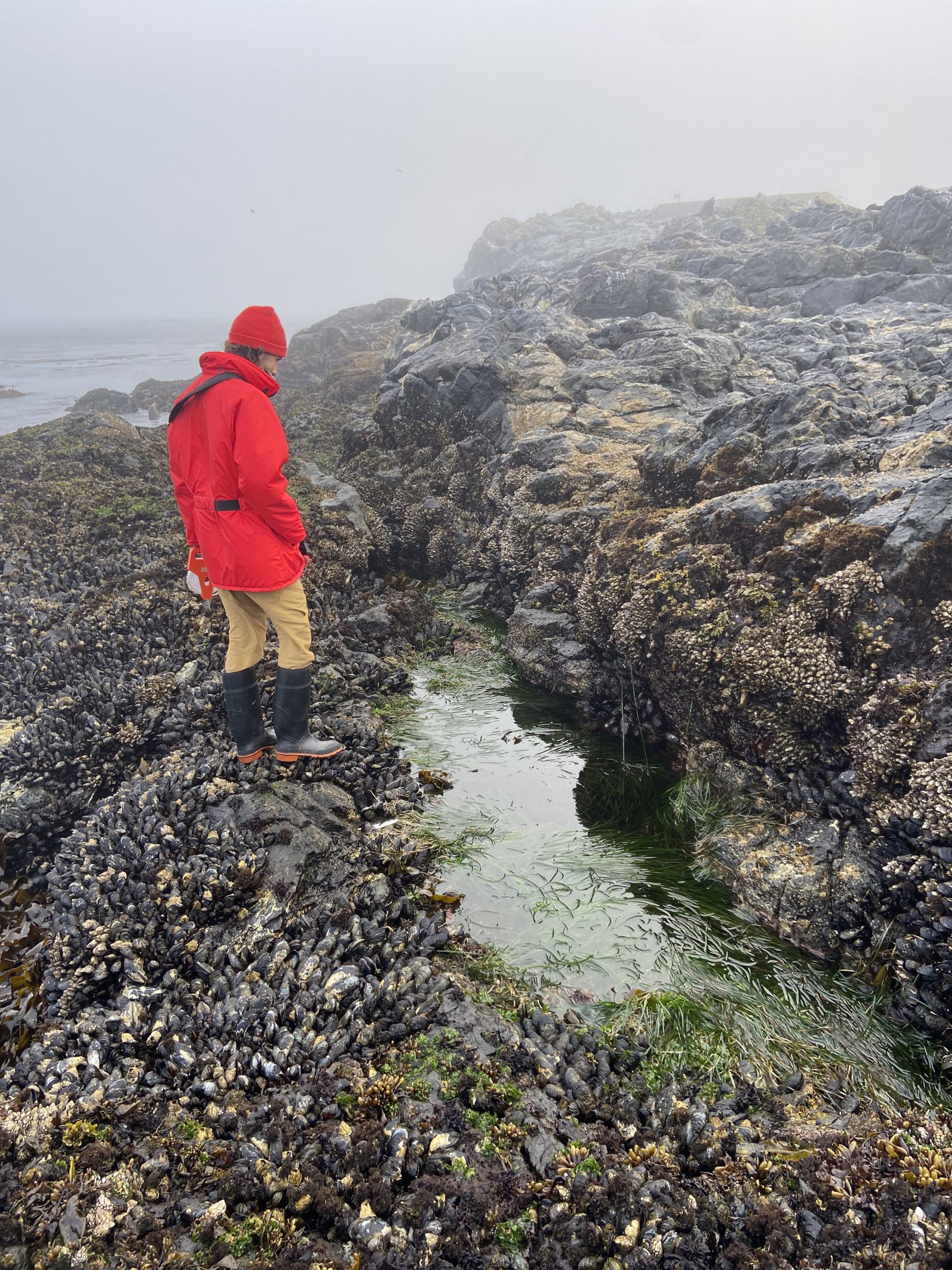
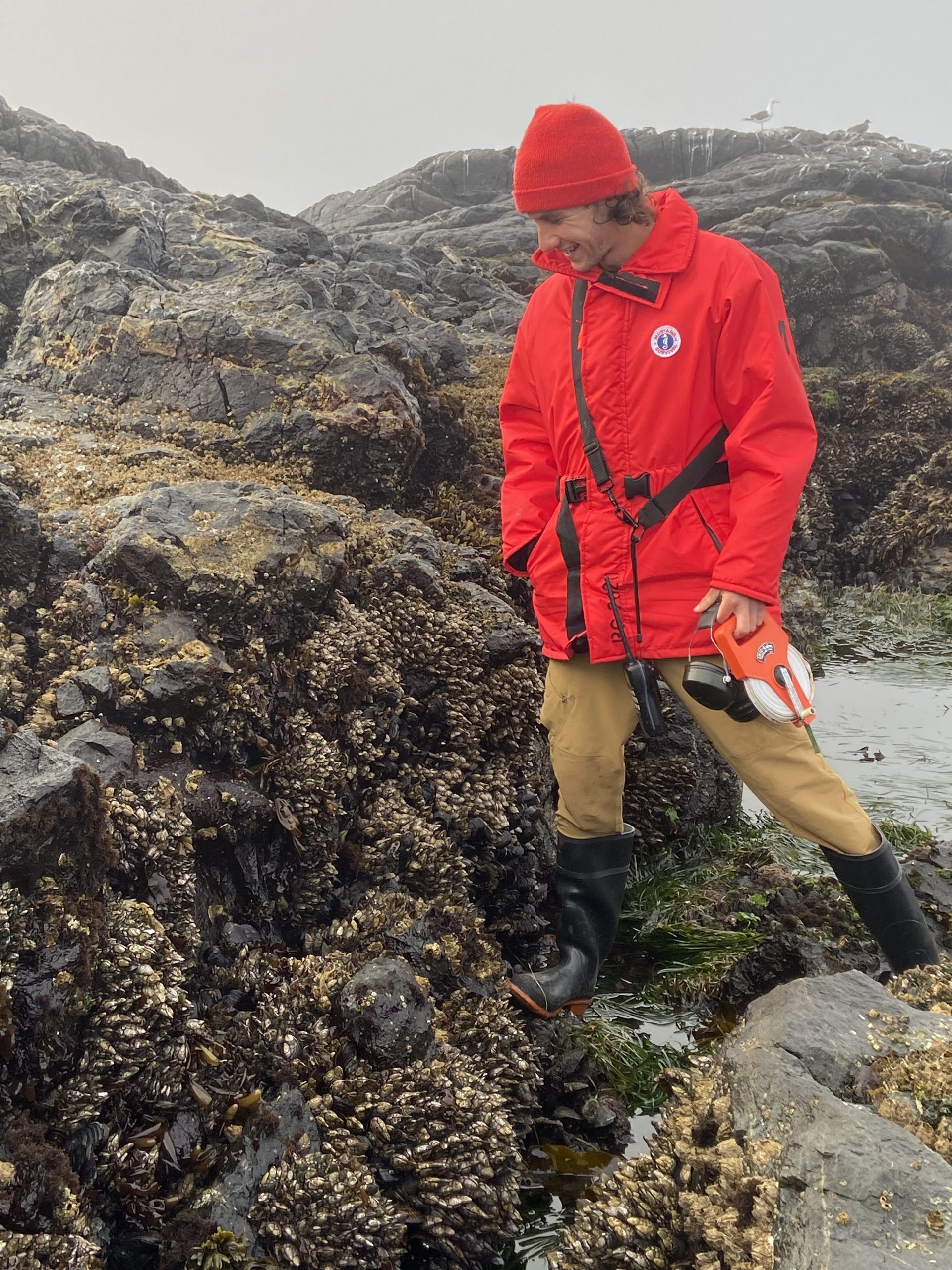
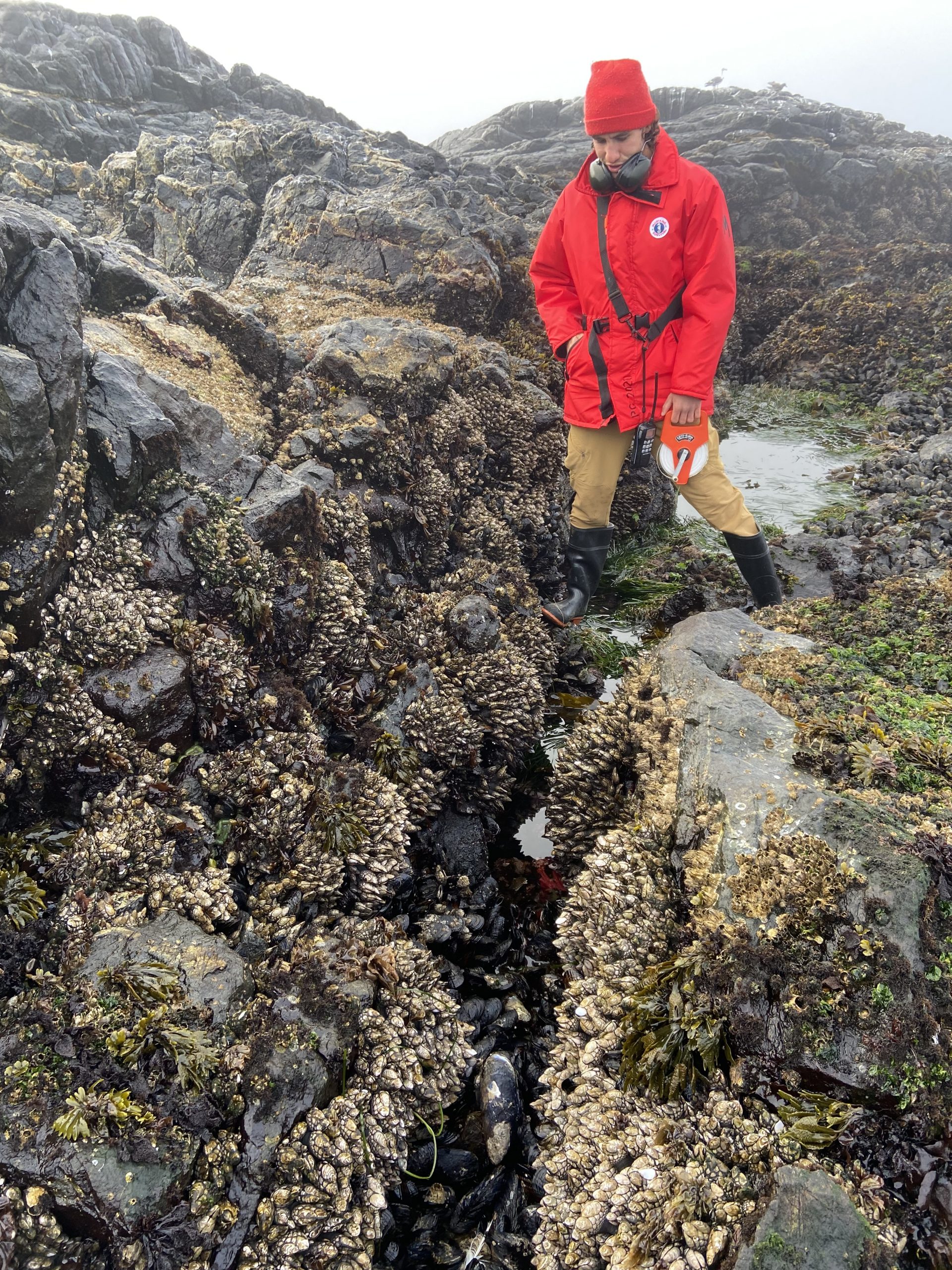
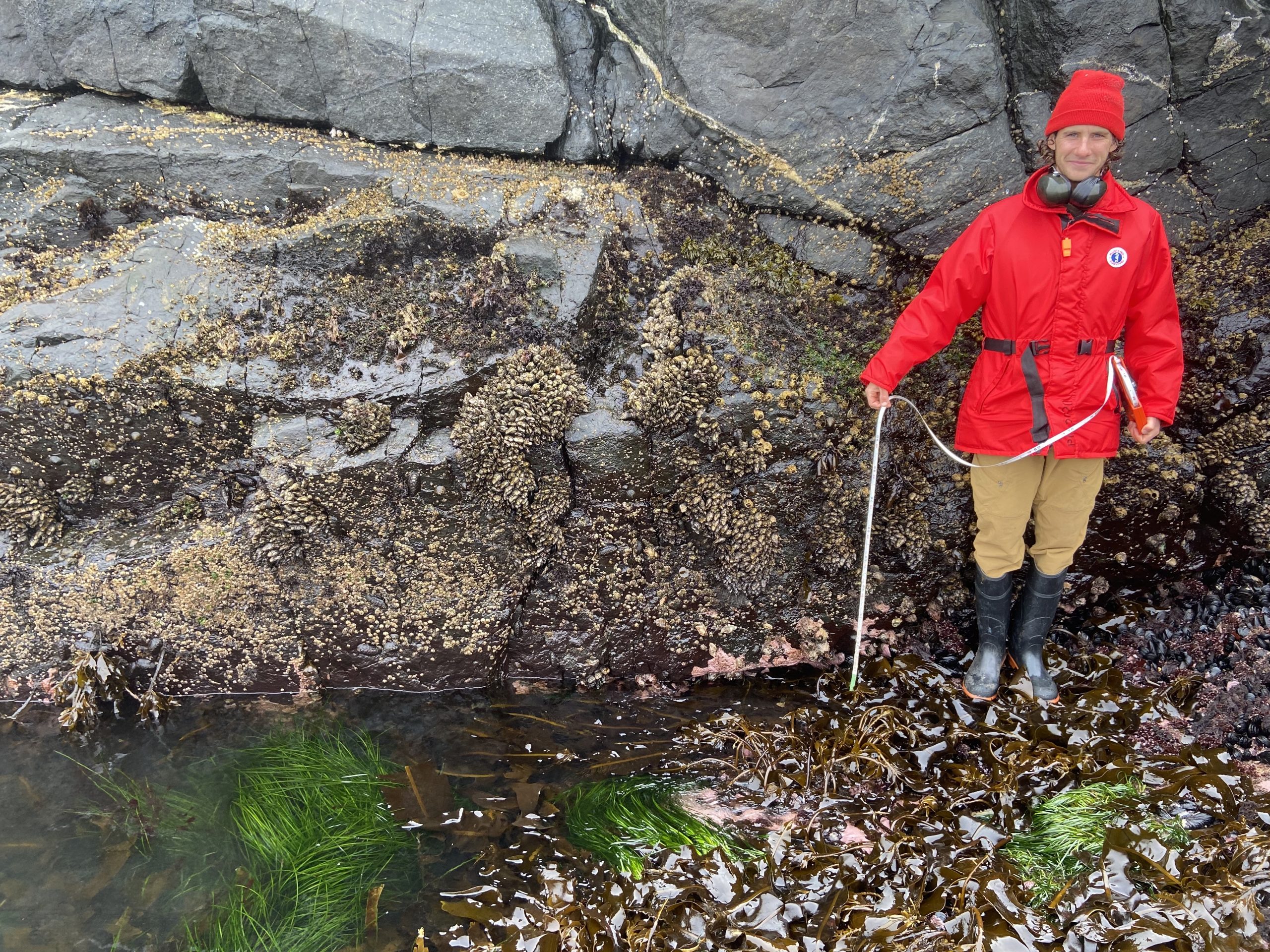
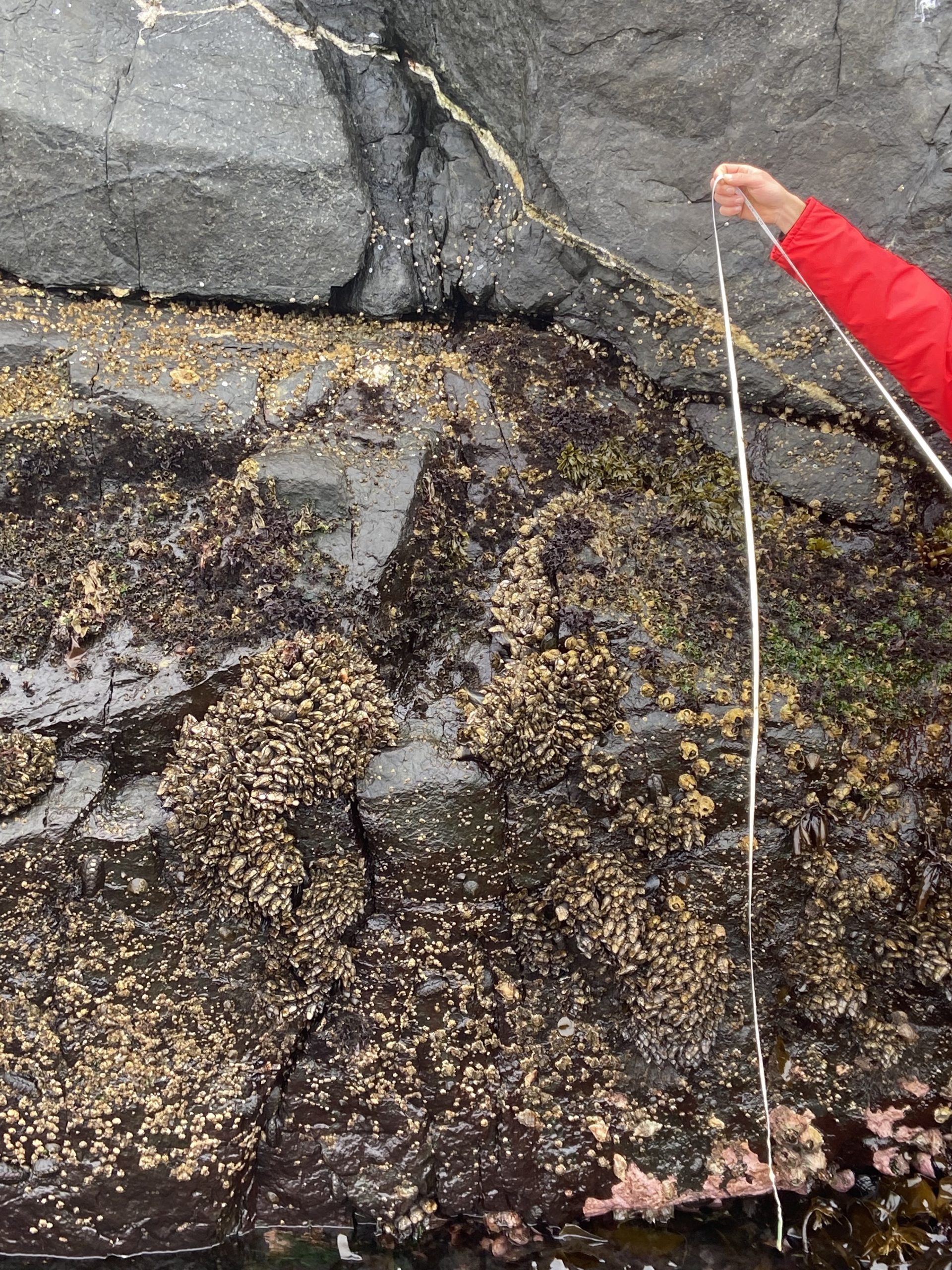
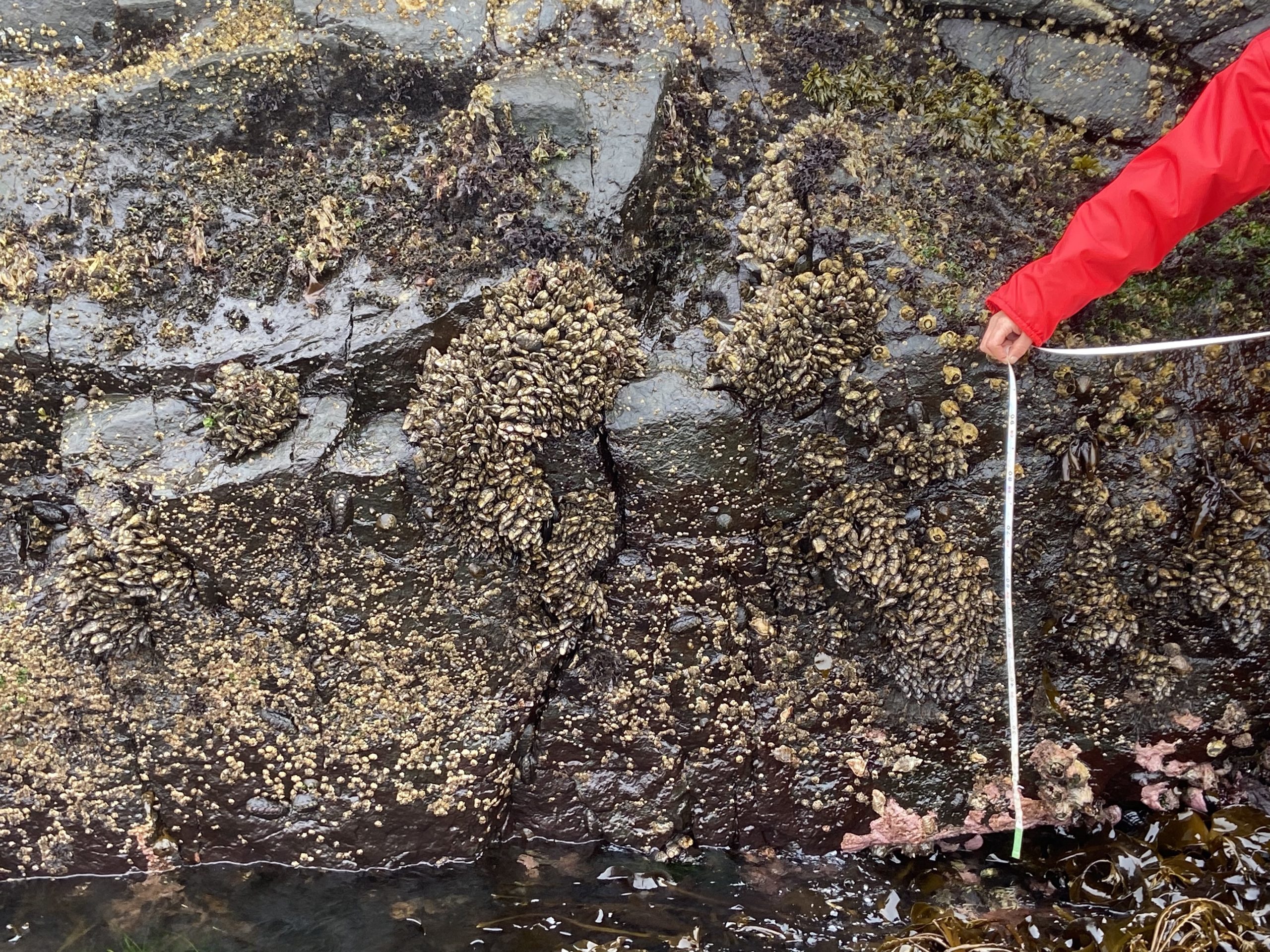
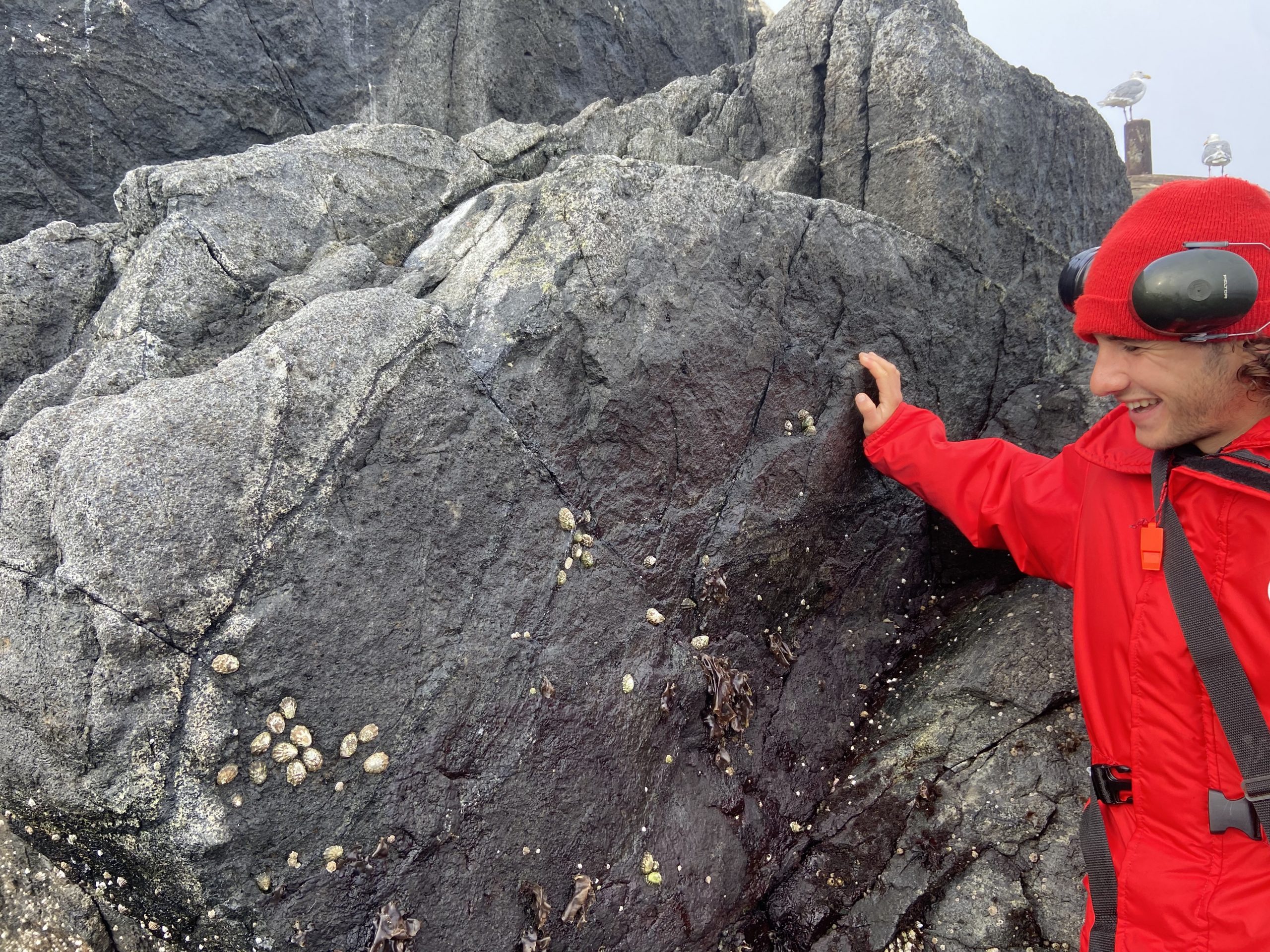
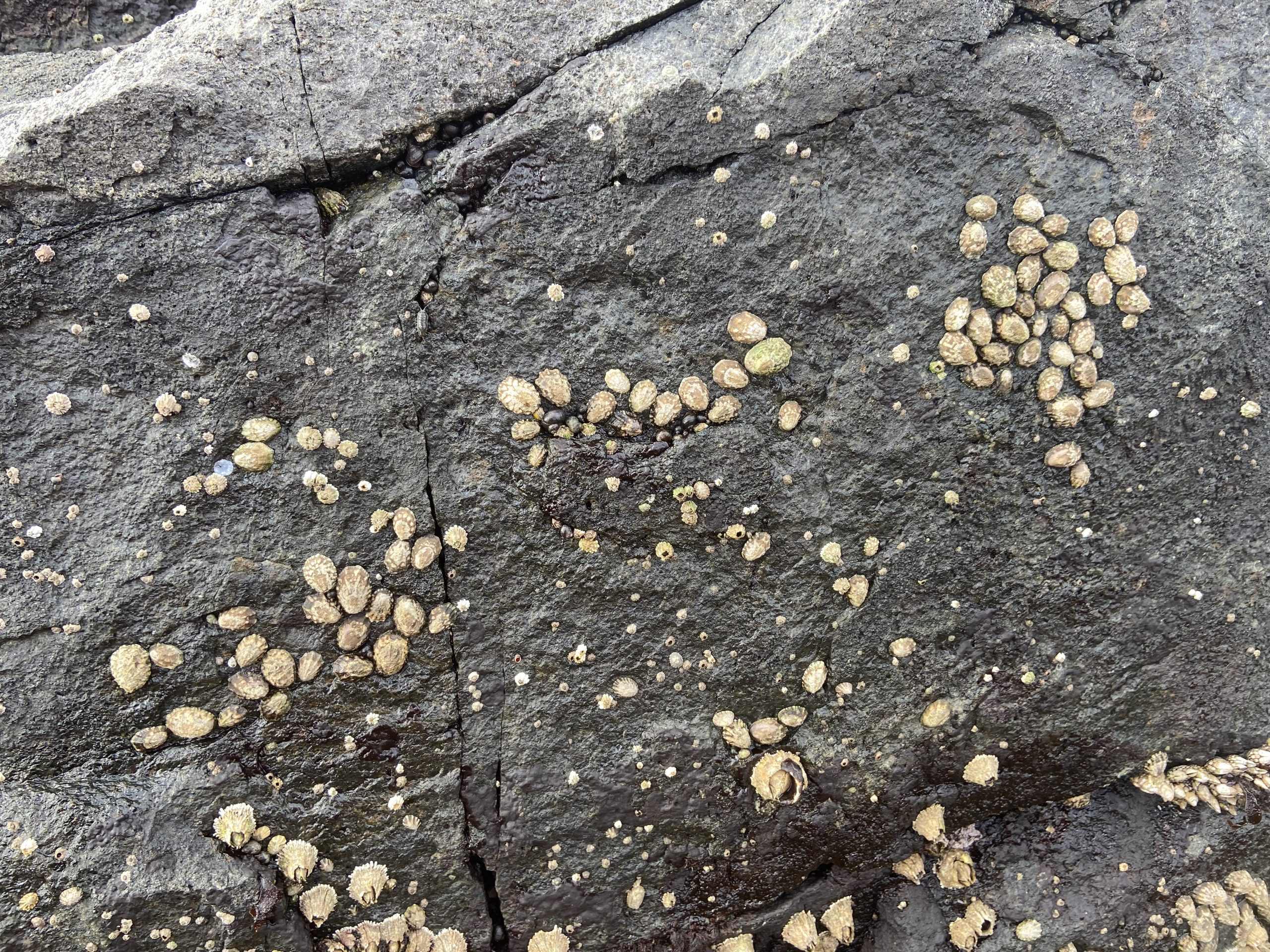
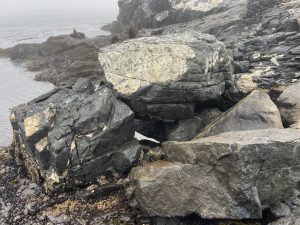
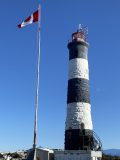
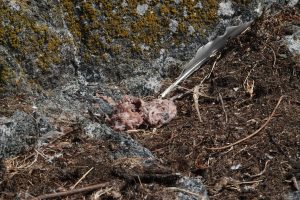
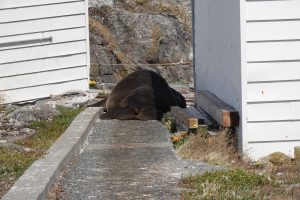
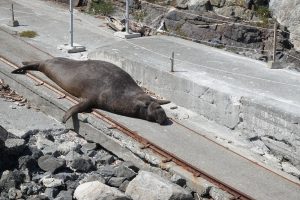
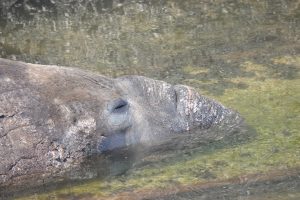 where he proceeded to stick his face in the water and blow bubbles. How exciting!! If you’d like to see some videos of this event, click
where he proceeded to stick his face in the water and blow bubbles. How exciting!! If you’d like to see some videos of this event, click 